It’s been a busy week, between critter care and editing. I’m operating at the moment on exactly ZERO hours’ sleep in…41 hours as I ready this for the website. I highly DO NOT recommend you try this at home, boys and girls; the resultant bags under my eyes would count as extra luggage with most major airlines!
No new birds in the flight pen yet. I have several who are flight pen ready, but as most of you along the eastern seaboard know, we’re having an oppressive heat wave, and I won’t put anything in a pen in this heat. When they can fly freely outside, it’s one thing; being penned up, even in the shade, is another entirely.
The brown thrasher, two more mockers, and a cowbird will head for the flight pen as soon as the heat wave dissipates a bit. Below are photos of the thrasher and the cowbird.
How dumb could a bird be not to recognize its own babies, you ask? Consider that the female has brooded that egg and hatched that baby—in her eyes, it IS her own baby. Also, speaking from my own experience working with birds, once you get into the “stuff gaping beaks” mode, it’s a knee-jerk reaction to feed anything that screams for food. I was once pumping gas and heard a fledgling mocker begging in the bushes to the side of the gas station…I had left the pump and was halfway across the parking lot before I realized a) it wasn’t one of my rehabs and b) I didn’t have the songbird formula and feeding syringes in my hand!
Two of the four barn swallows didn’t make it. The runt came as no surprise; he died shortly after the last update. Honestly, his developmentally challenged sib’s death wasn’t much of a surprise, either. He just wasn’t growing and filling out; his feathers weren’t coming in right; he was sluggish… He put up a good fight, and I really thought we’d turned the corner and he was gonna make it, albeit as a possibly nonreleasable bird, which would have presented logistical problems since barn swallows migrate to Central and South America for the winter. The other two gorgeous little darlings should be ready for the flight pen no later than the end of the week, temperatures allowing. Barn swallows are such little sweethearts…
I’d not finished good before she asked, “But don’t they carry rabies?”
*sigh* I repeat that they don’t…Hang on; we’re getting to the good part now… “Exactly what does a possum look like? Do they have hair?”
I bite my tongue REAL hard and explain that they have fur but not on their very long tails and that their faces are very long and narrow. “No, this one’s got hair.”
*sigh* “Okay, does he have a black mask on his face and a ringed tail?”
“Yeah, that’s him!”
“Ma’am, that’s a raccoon…They do carry diseases they can pass to you and your pets, including rabies; you might want to call a nuisance animal trapper if taking up the cat food at night for a few weeks doesn’t work.”
“Well, I live in XXXX, who would I call?”
“I have no clue; I don’t live in XXXX…Try the phone book to see who’s listed…”
Honestly, people, I *cannot* make up stuff this good…
Hummer 1, with the broken wing, is scooting along nicely but we’ll probably have to make a call on him soon; he keeps grabbing that dangling wing in repeated attempts to use it as a perch, and he’s got the leading edge of it irritated. This is going to be an ongoing issue for him, and it will soon enough become a quality of life issue. I’m giving him as long as possible, though.
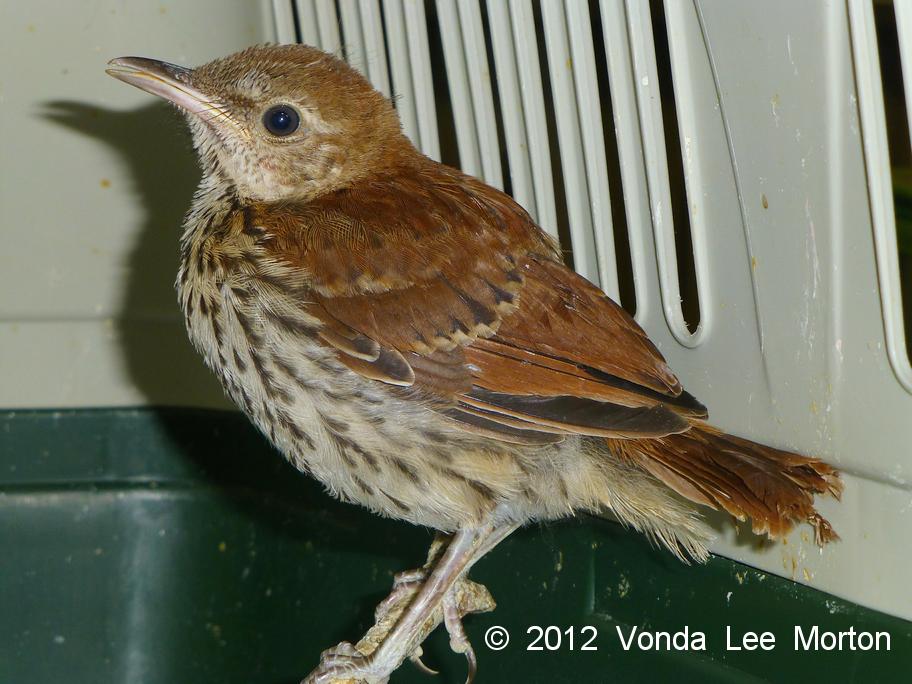
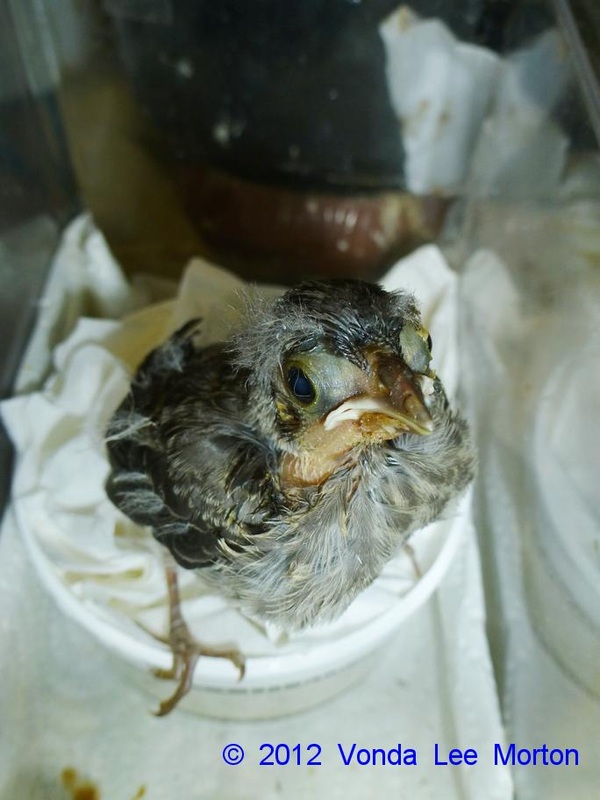
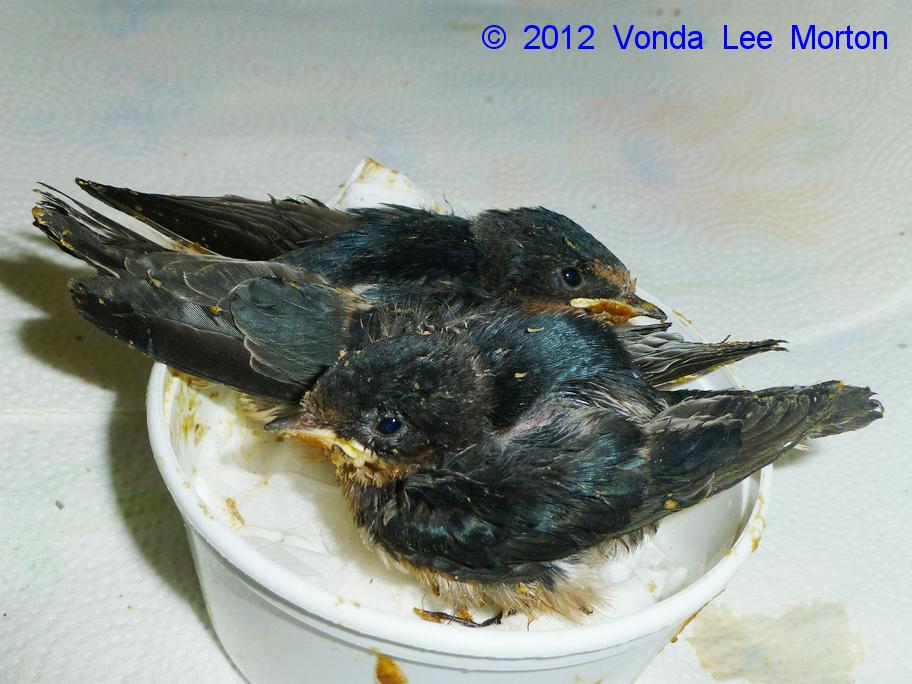
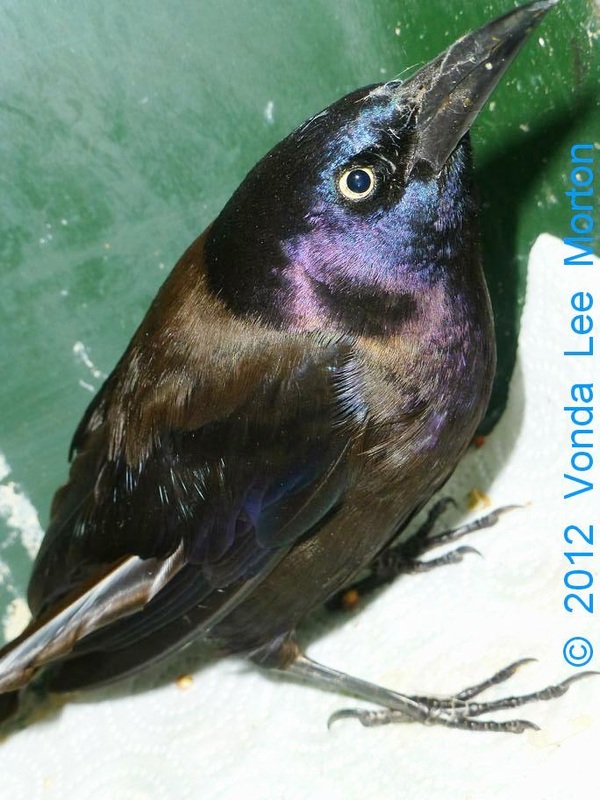
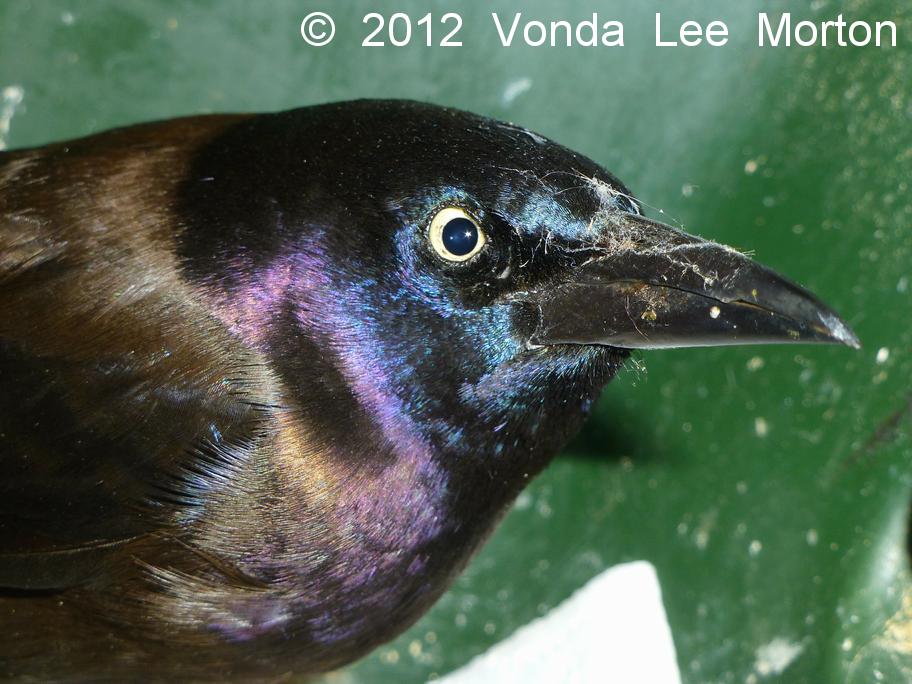
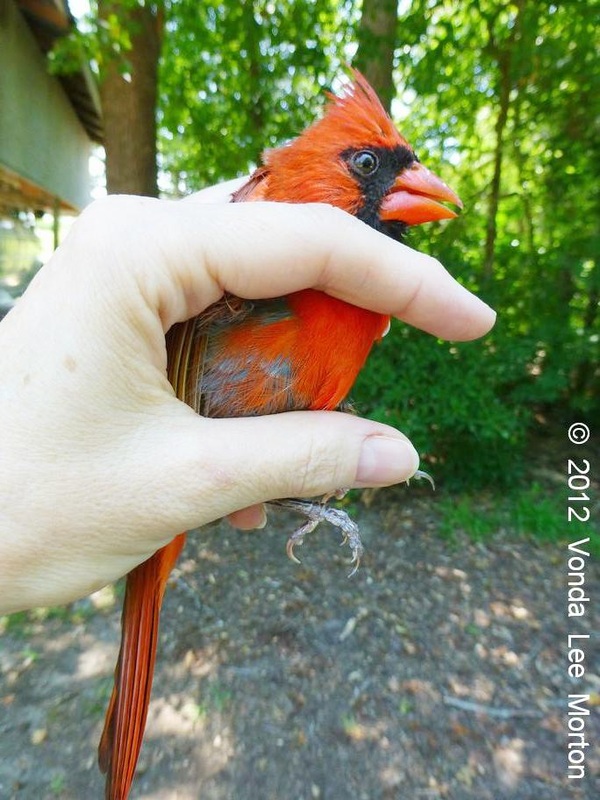
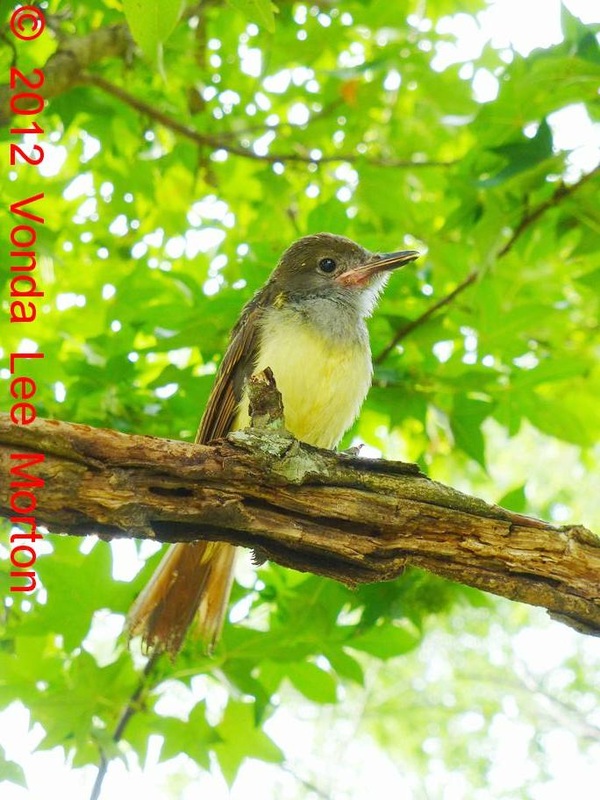
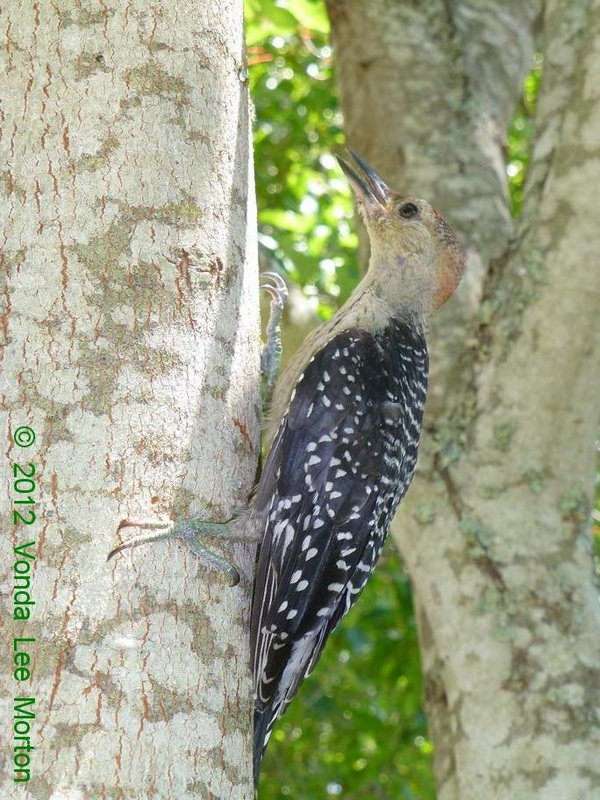
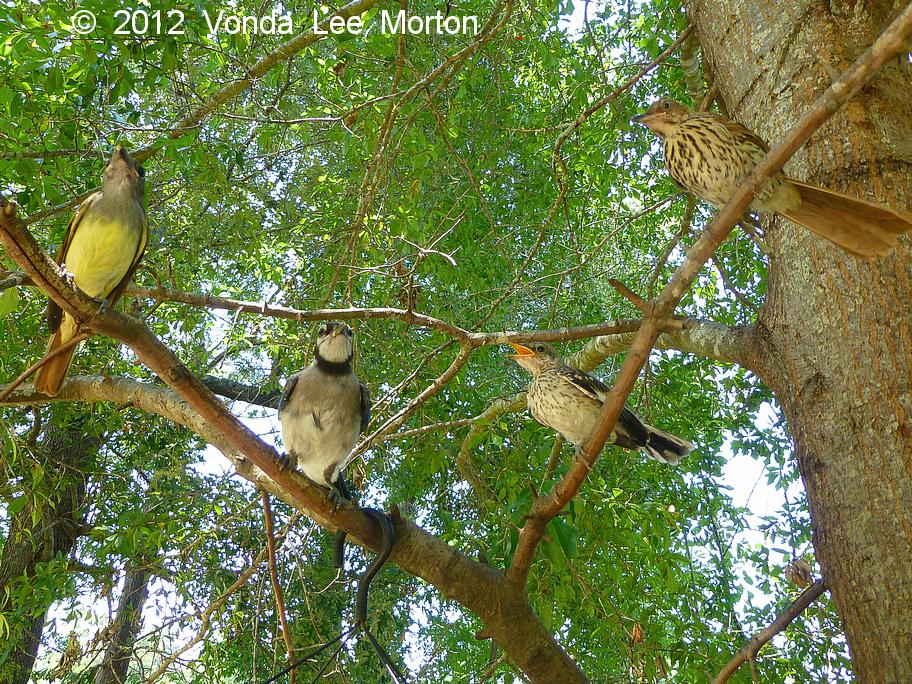
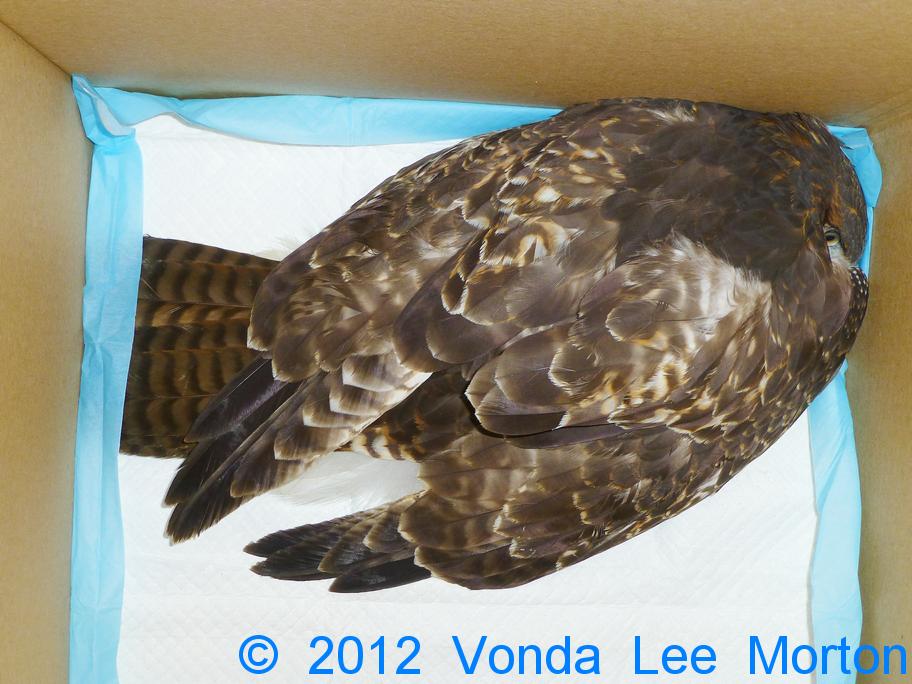
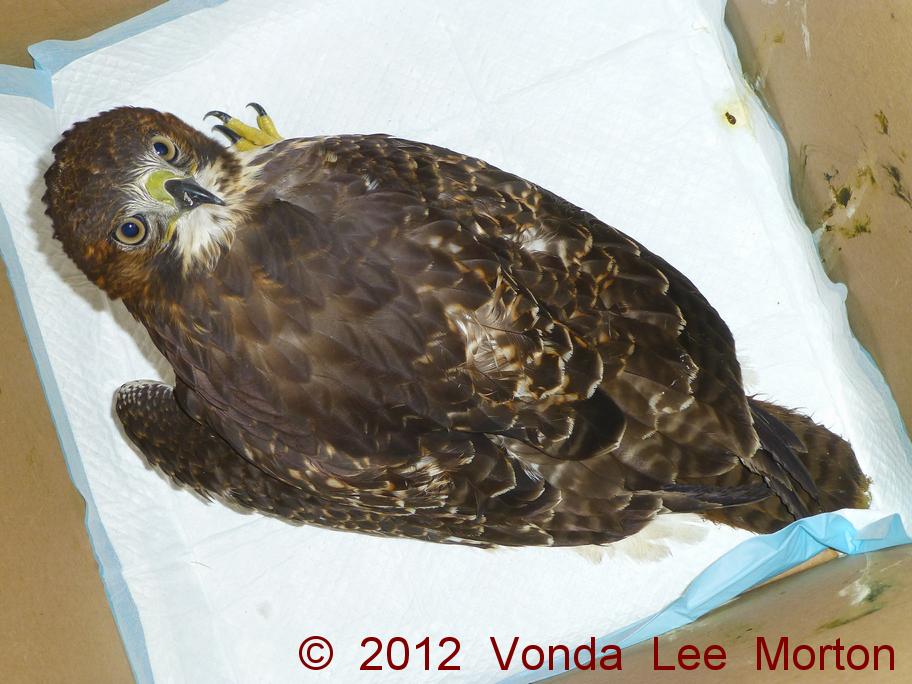

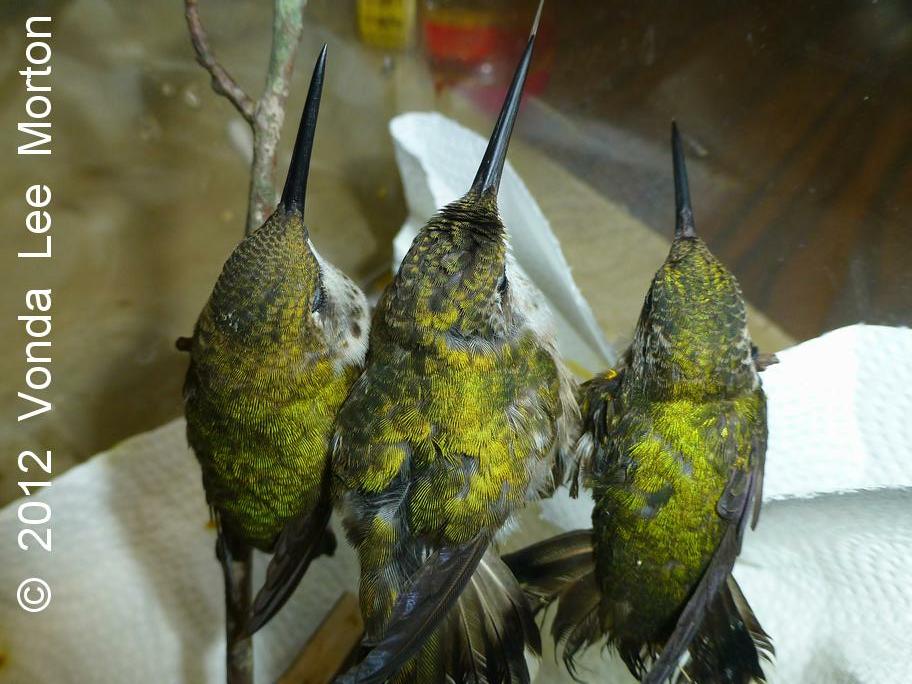

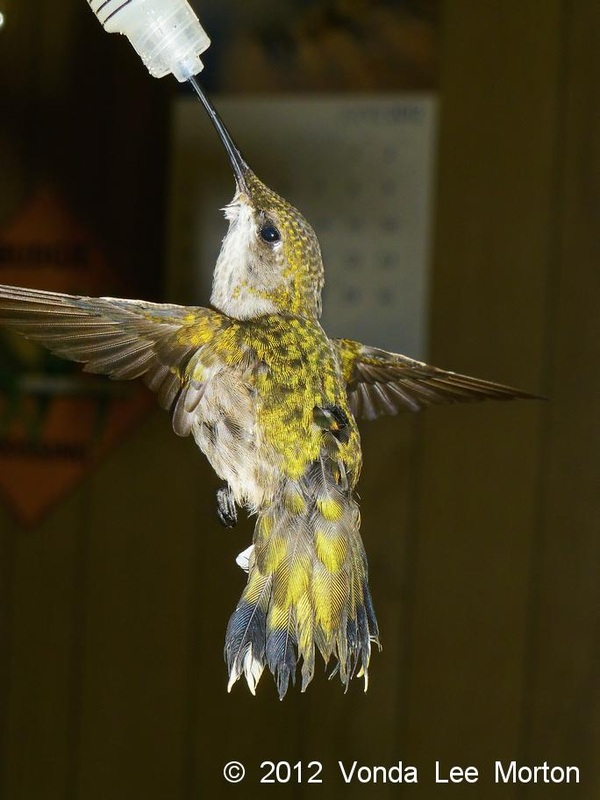

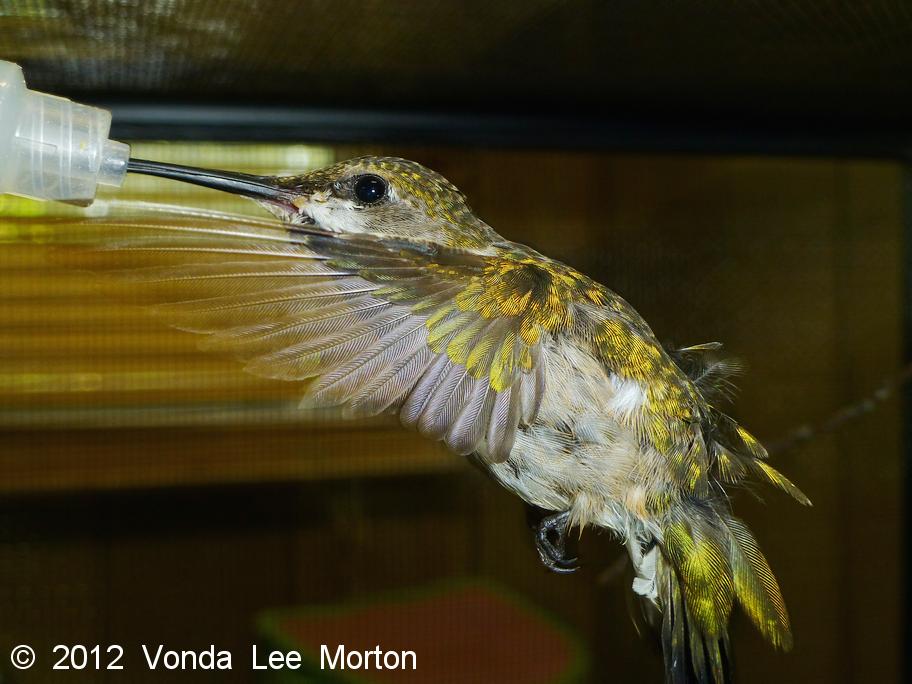

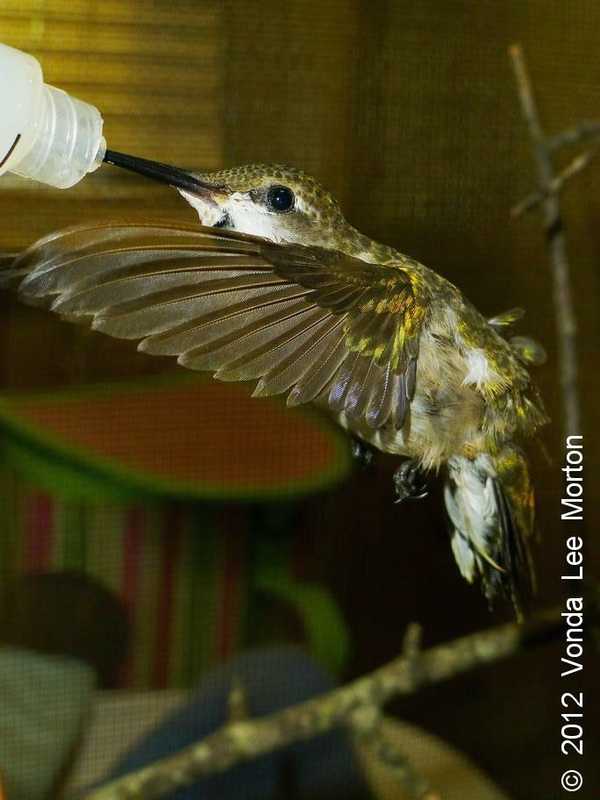
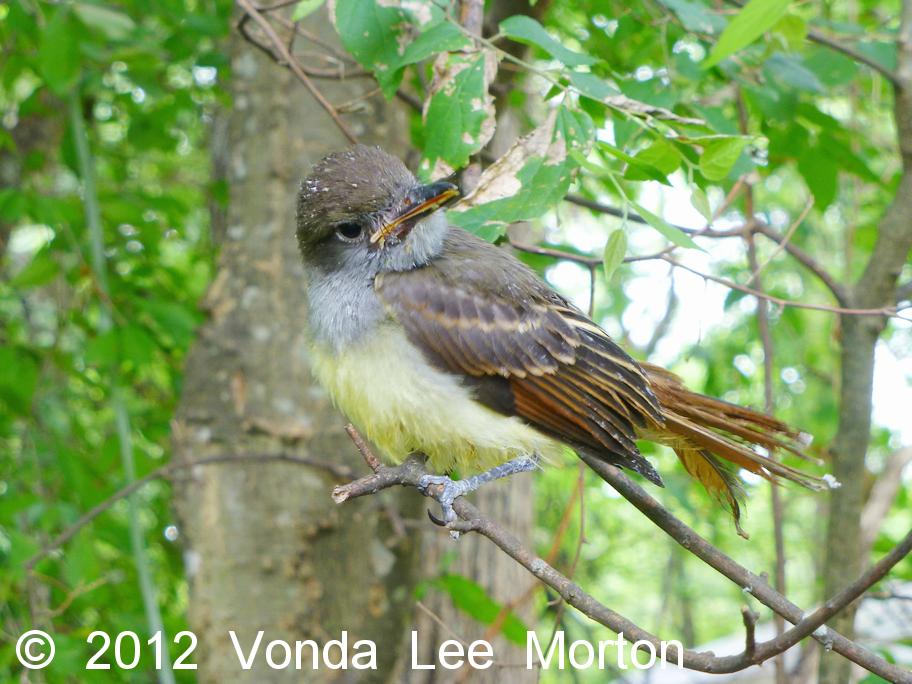
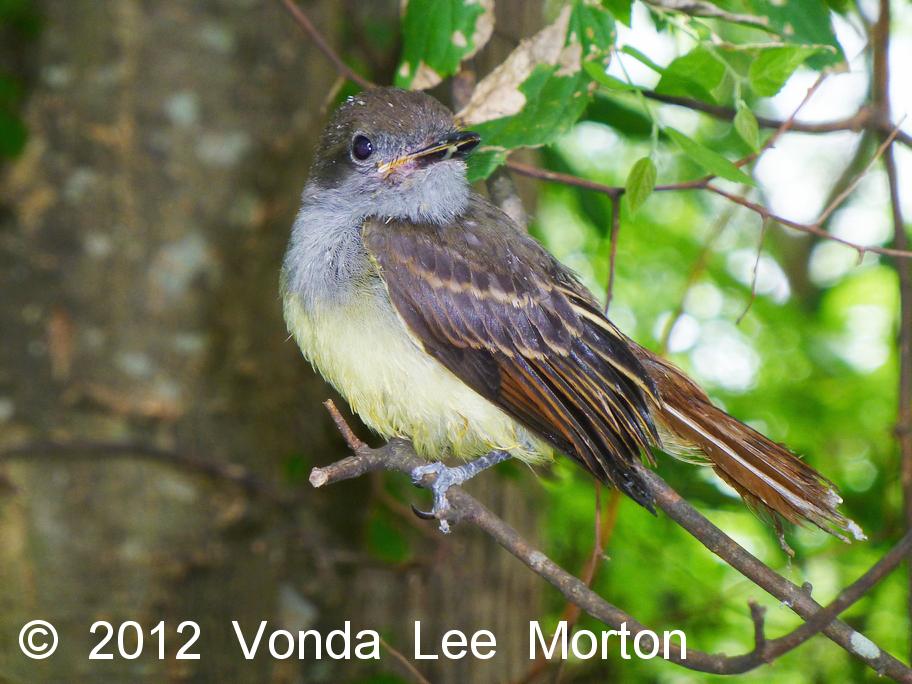
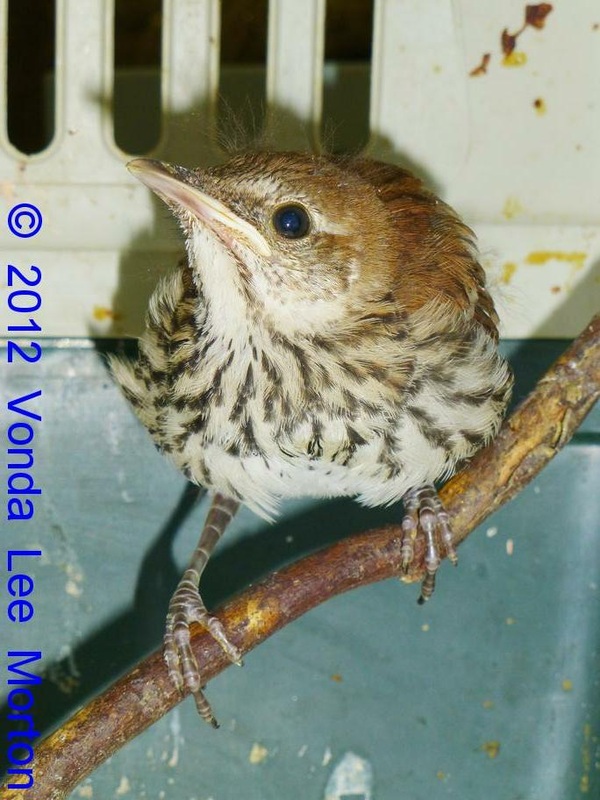
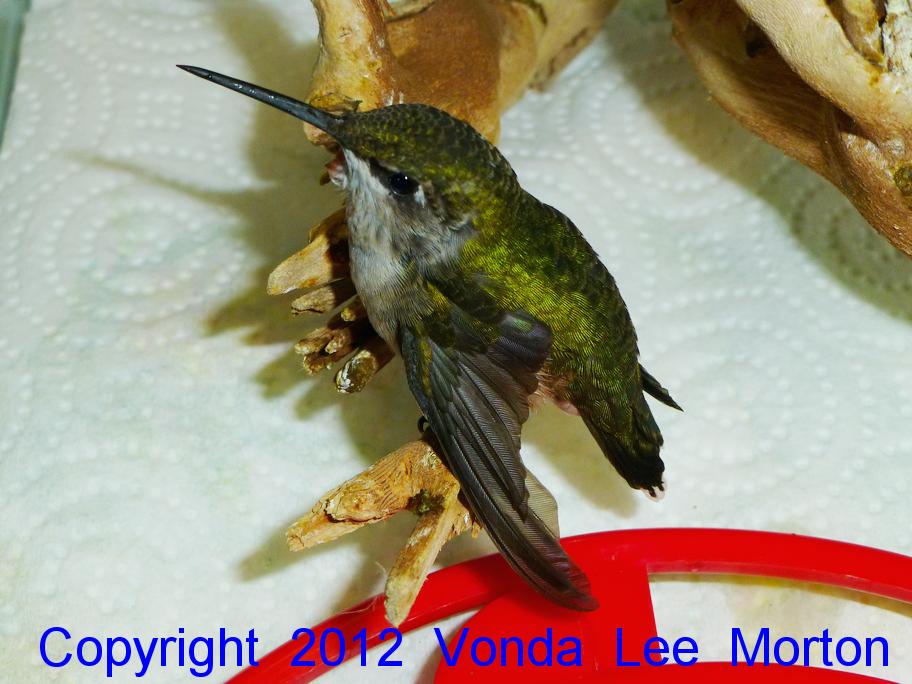
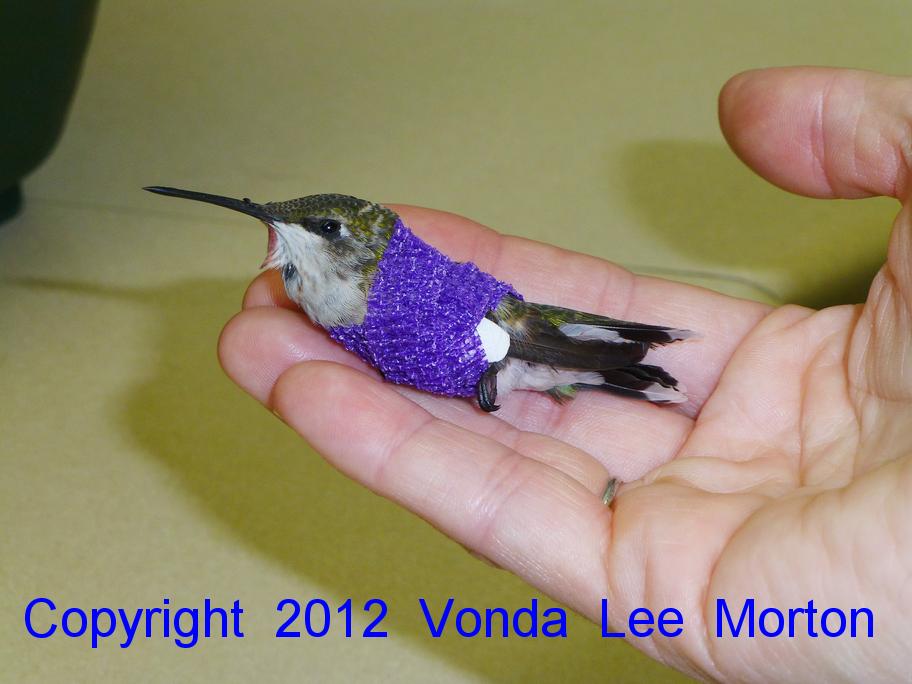
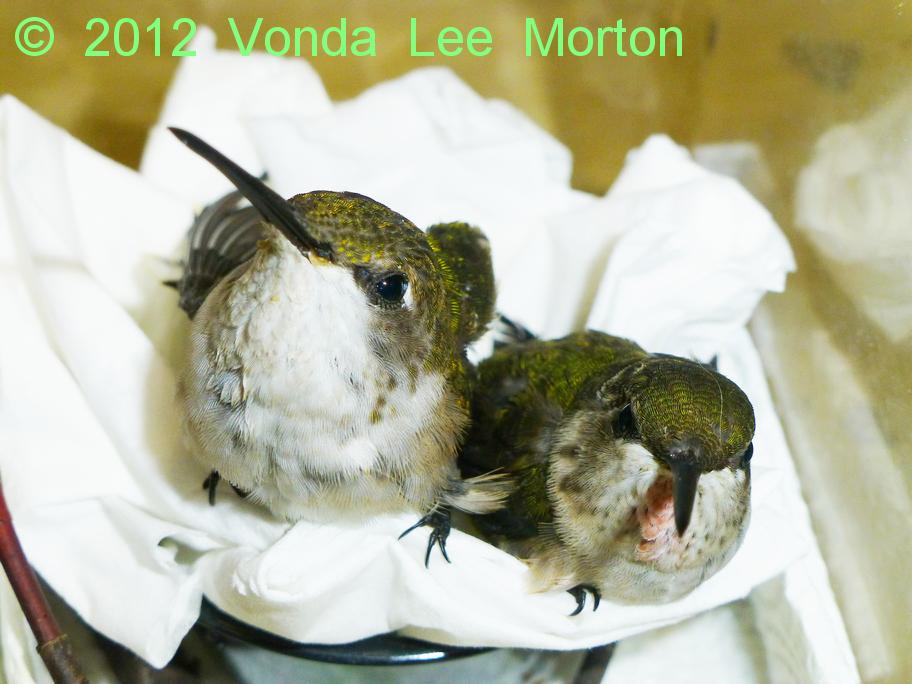
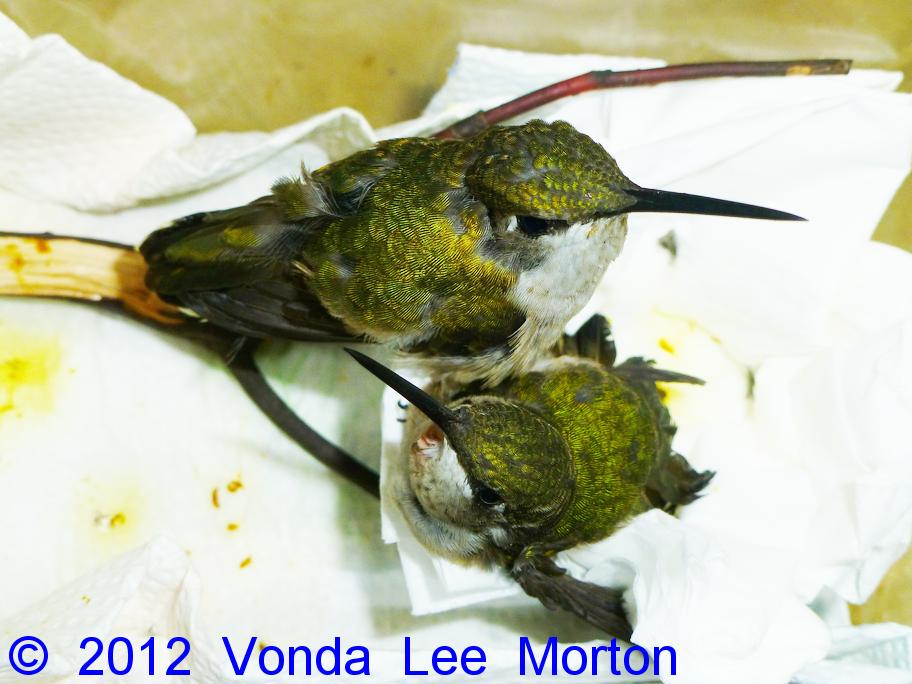
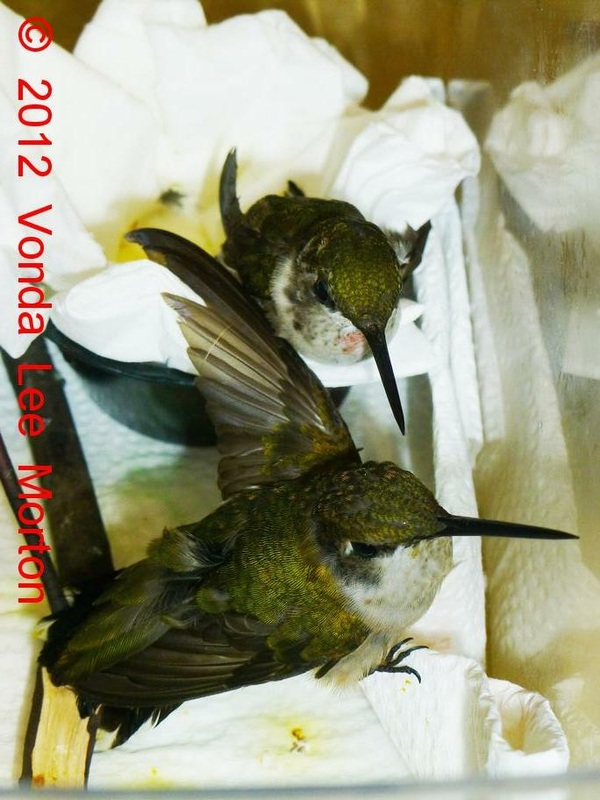
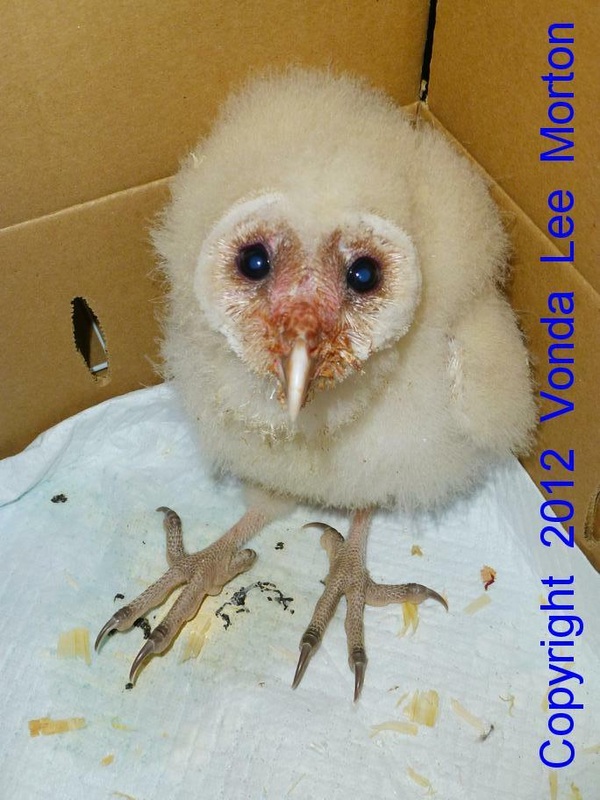
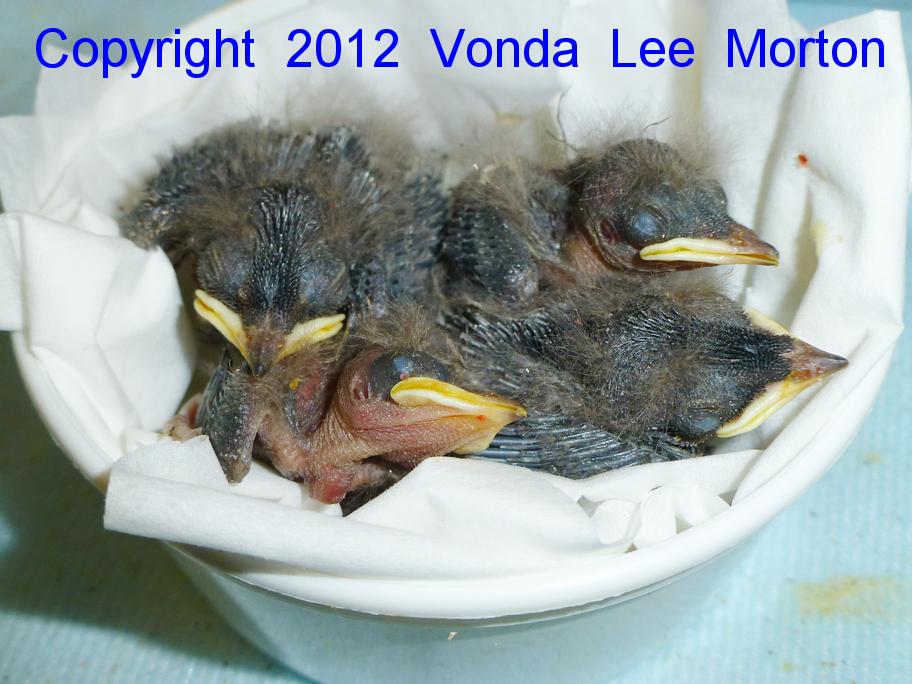
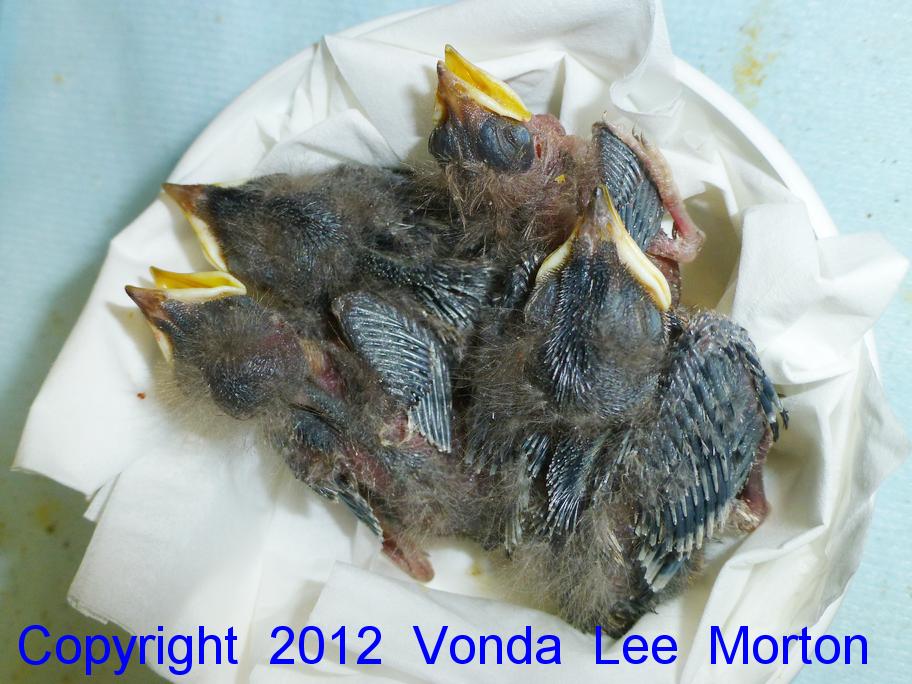
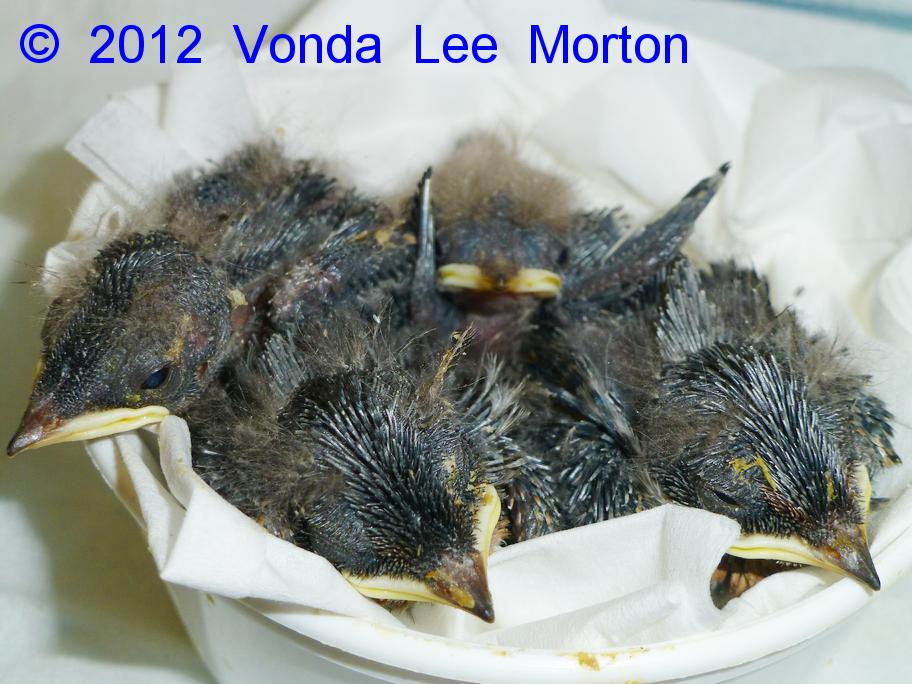
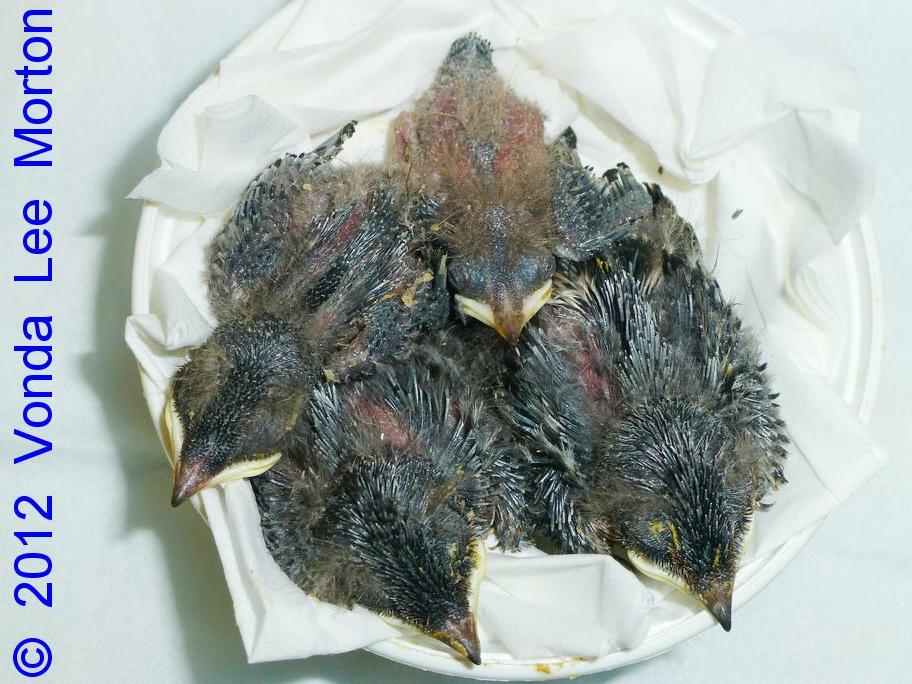
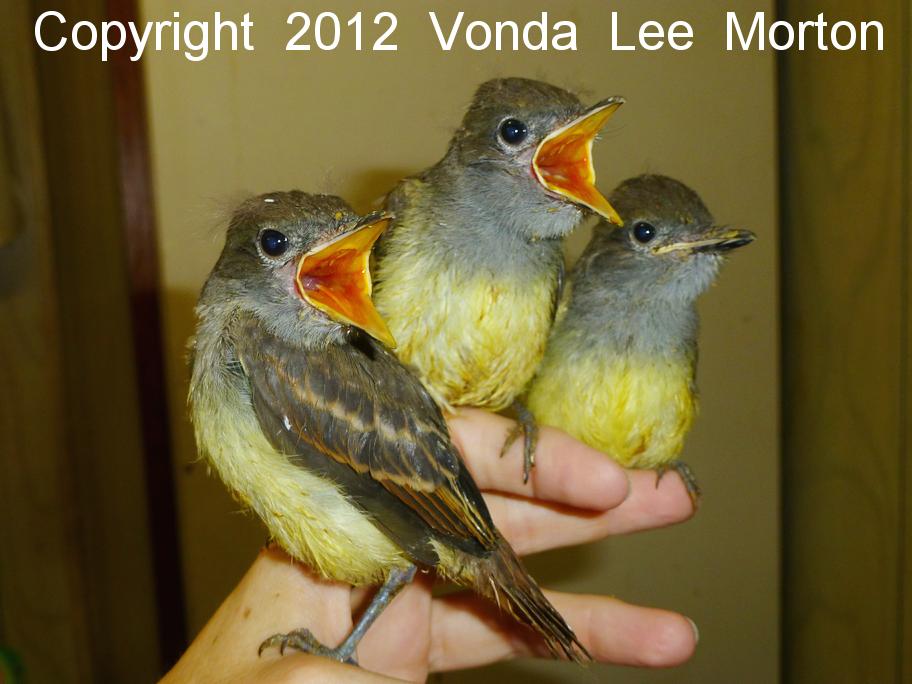
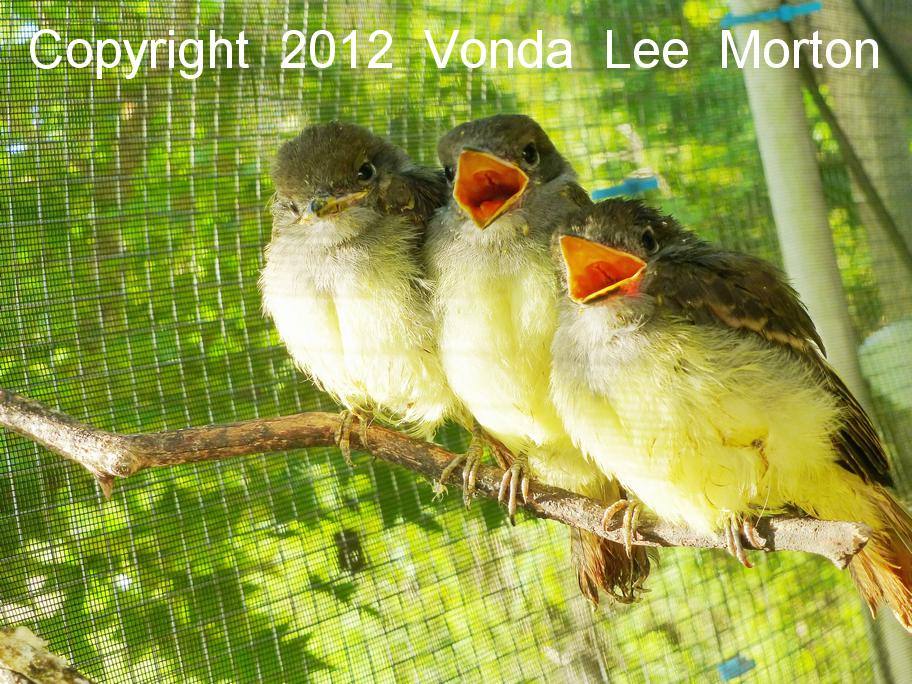
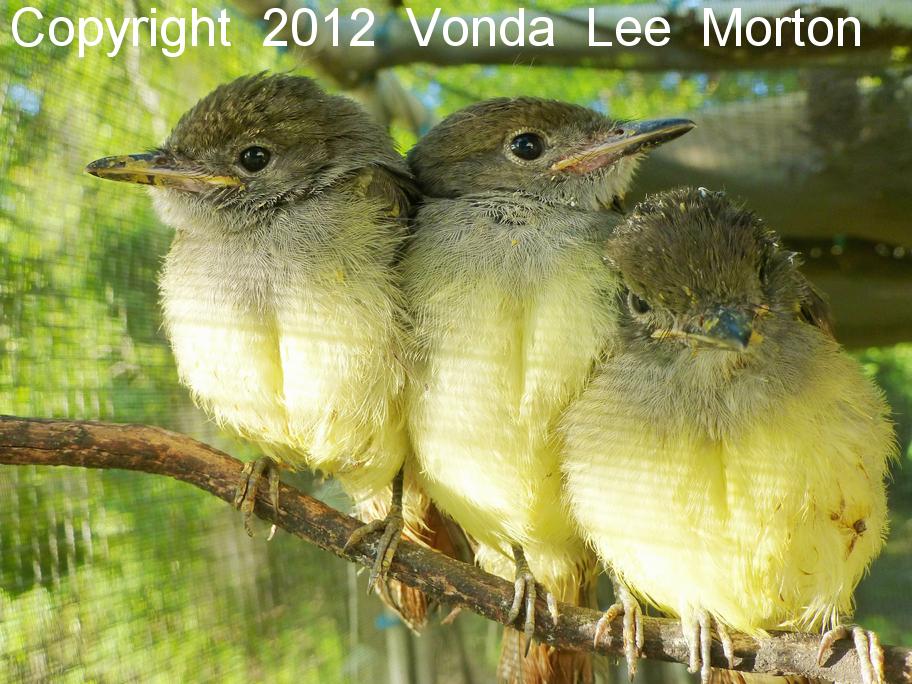
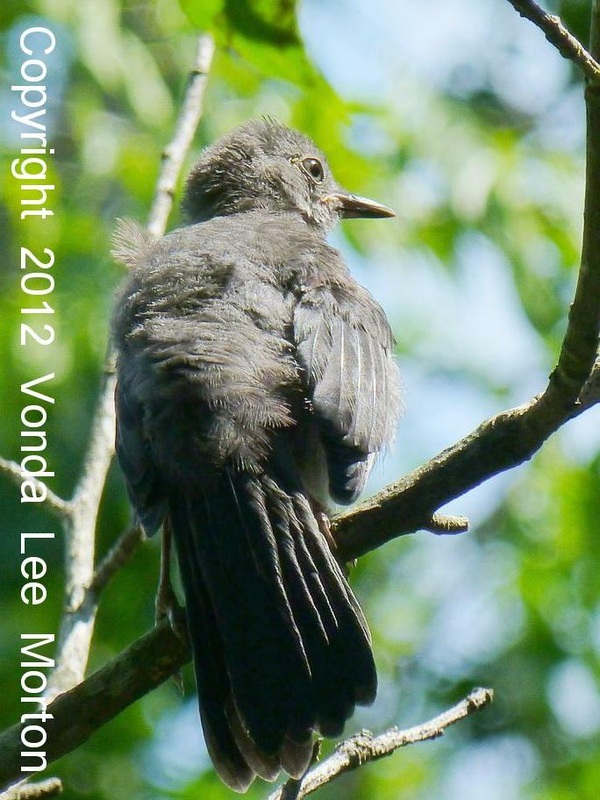
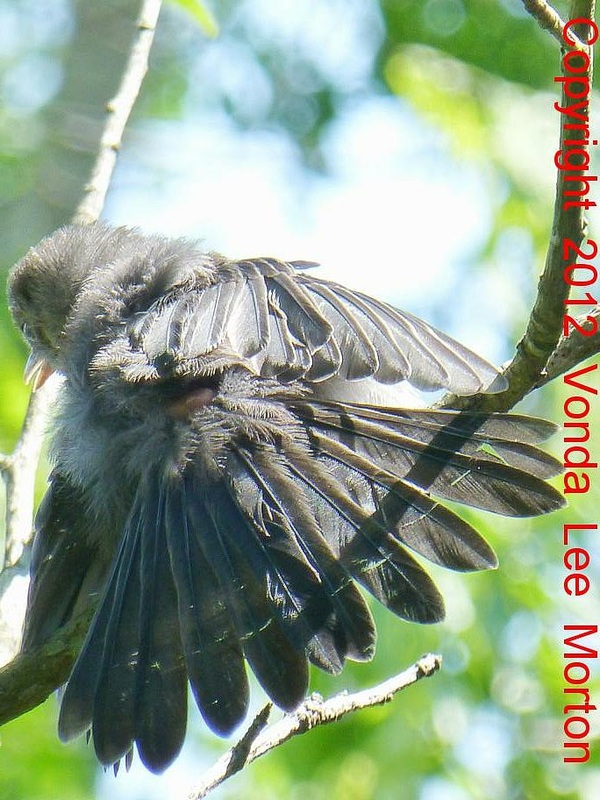
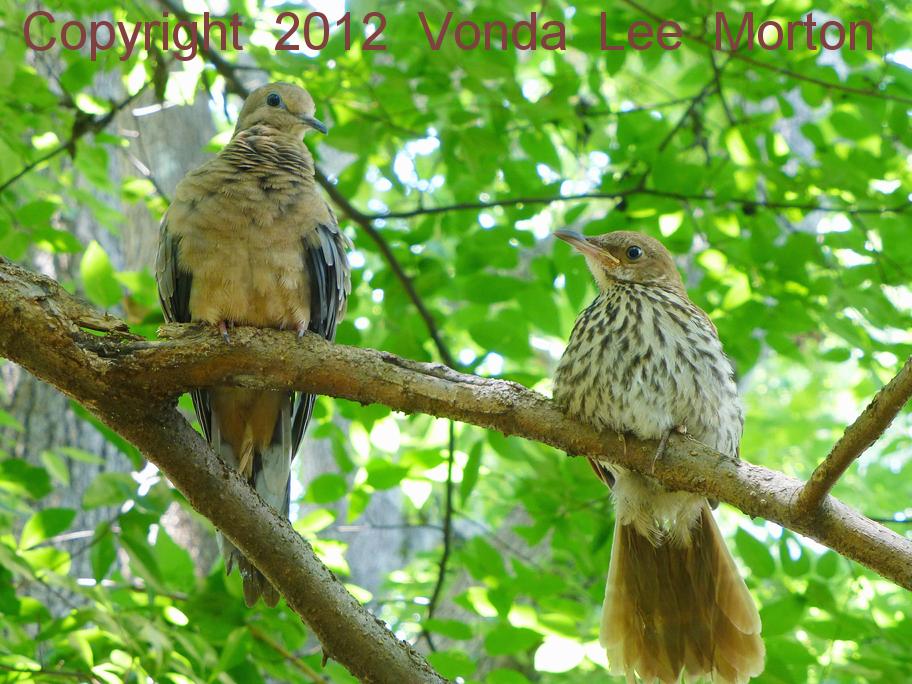

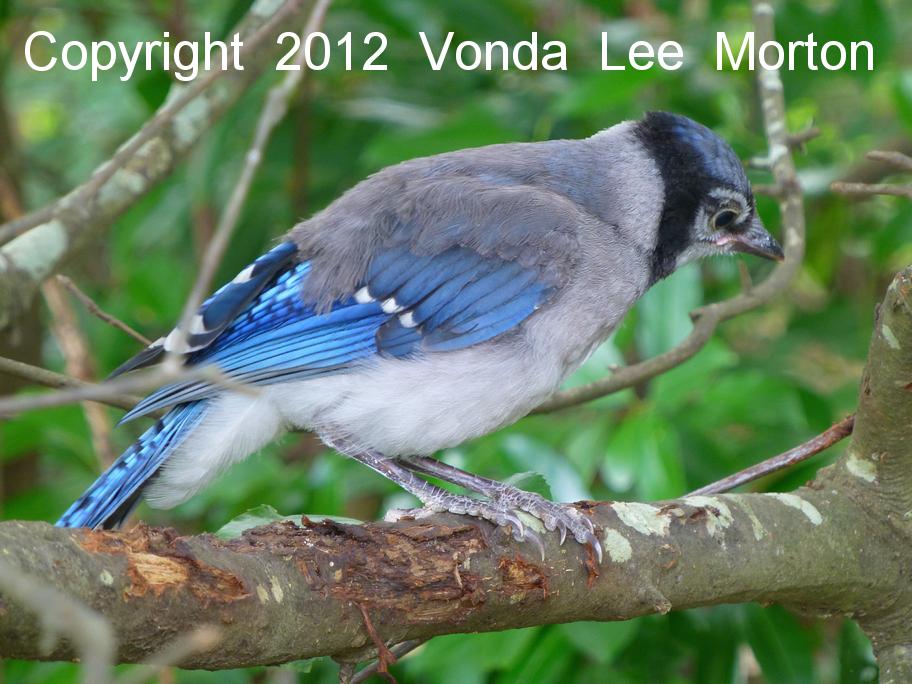
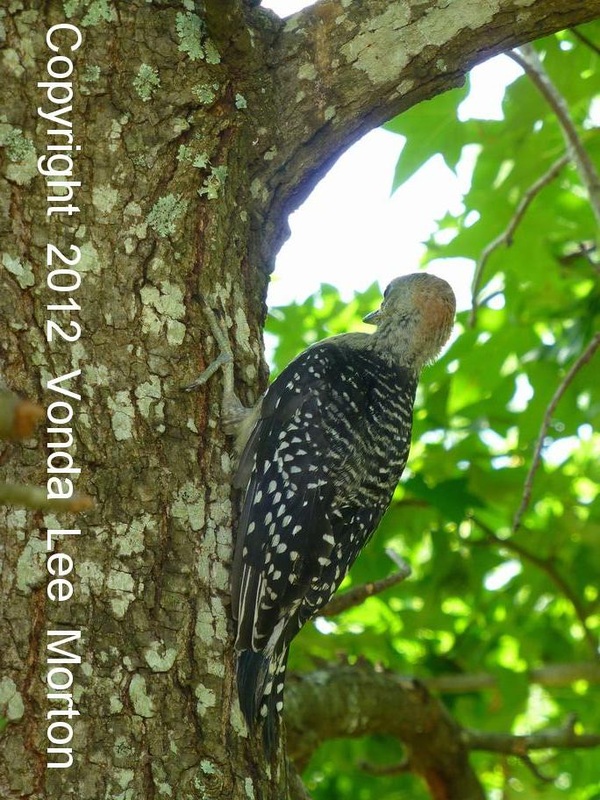
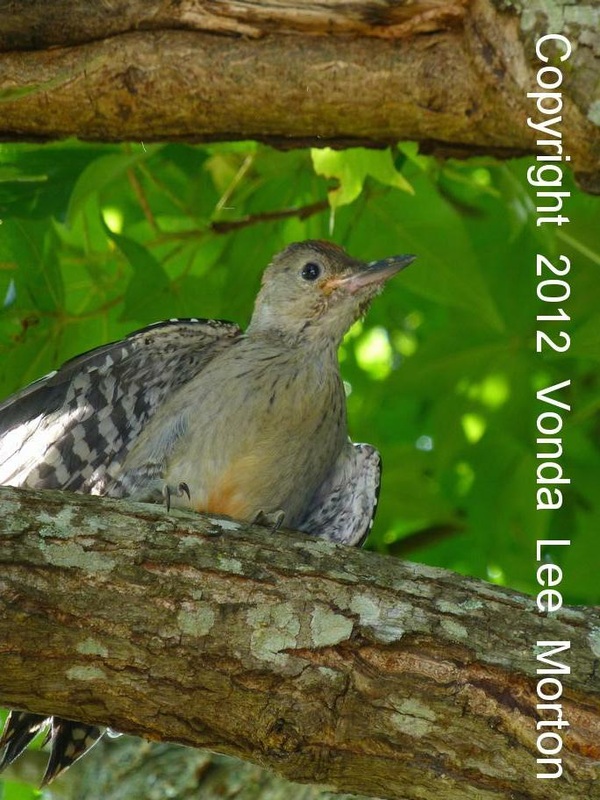
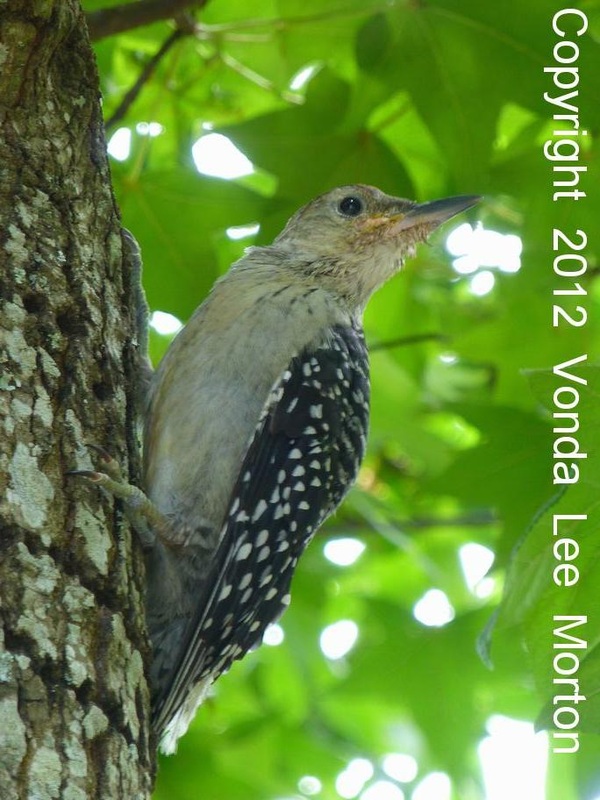
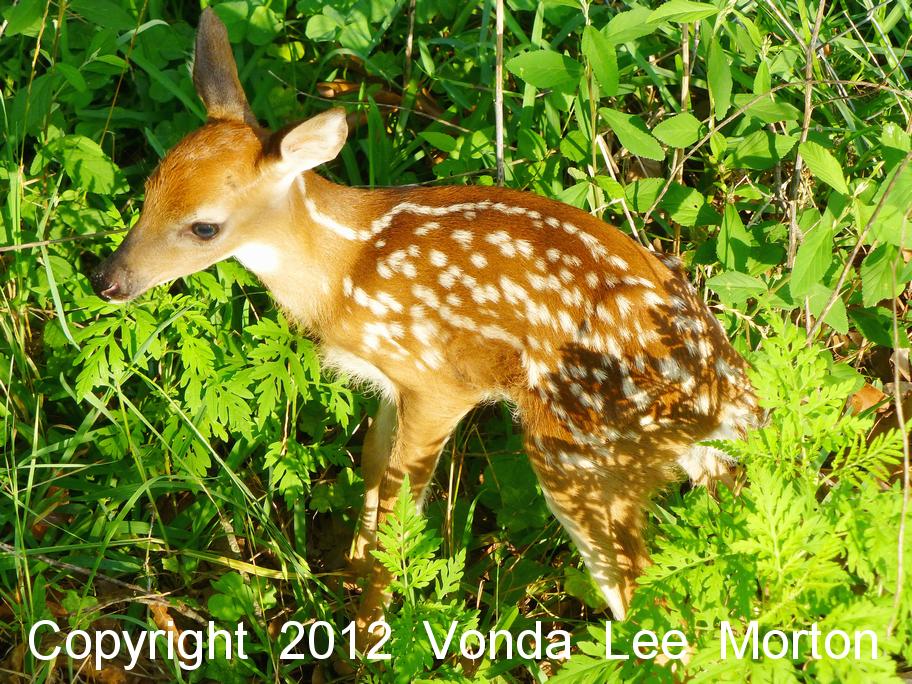
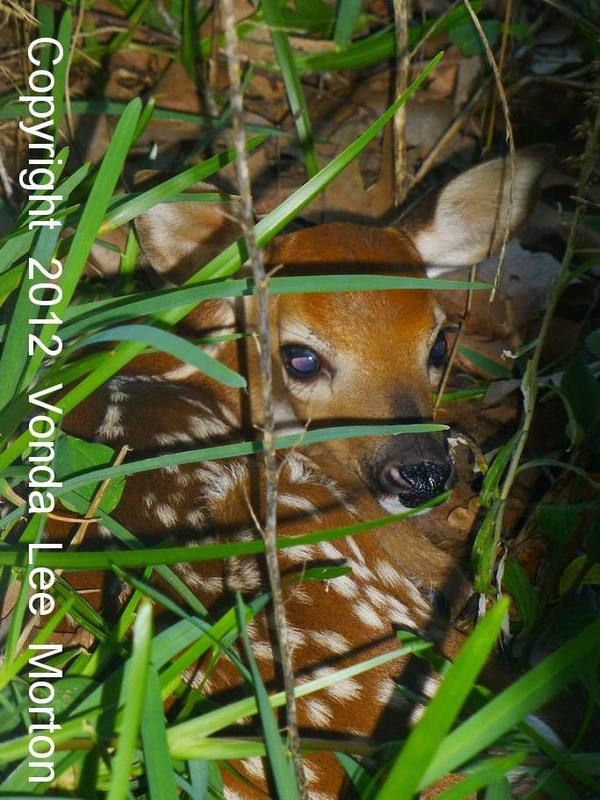
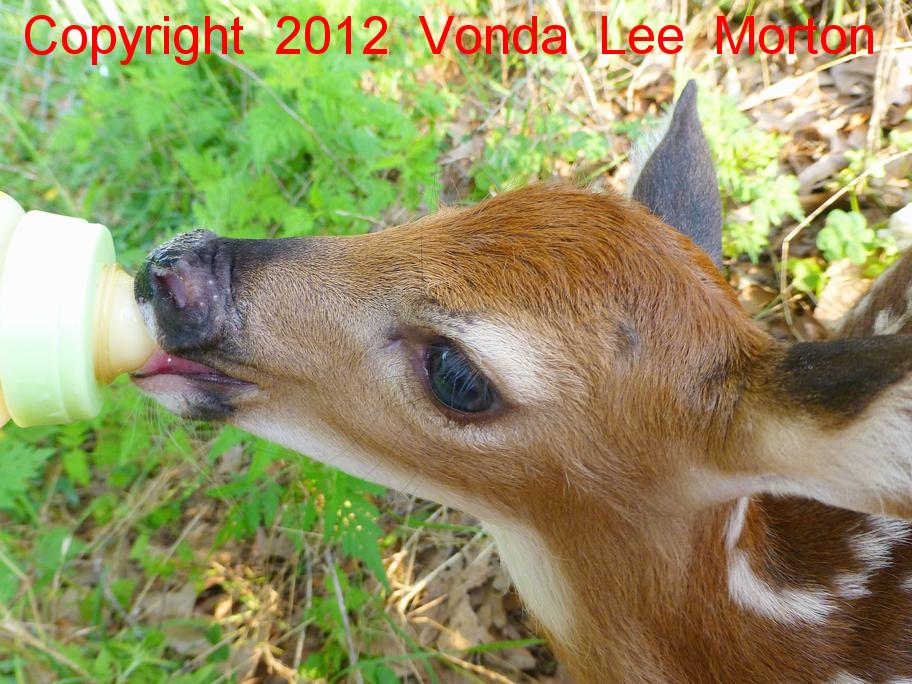
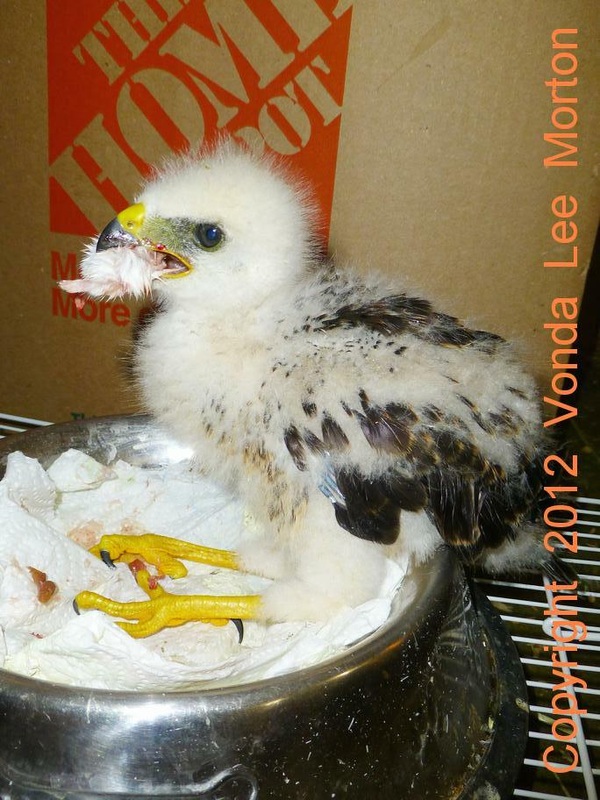
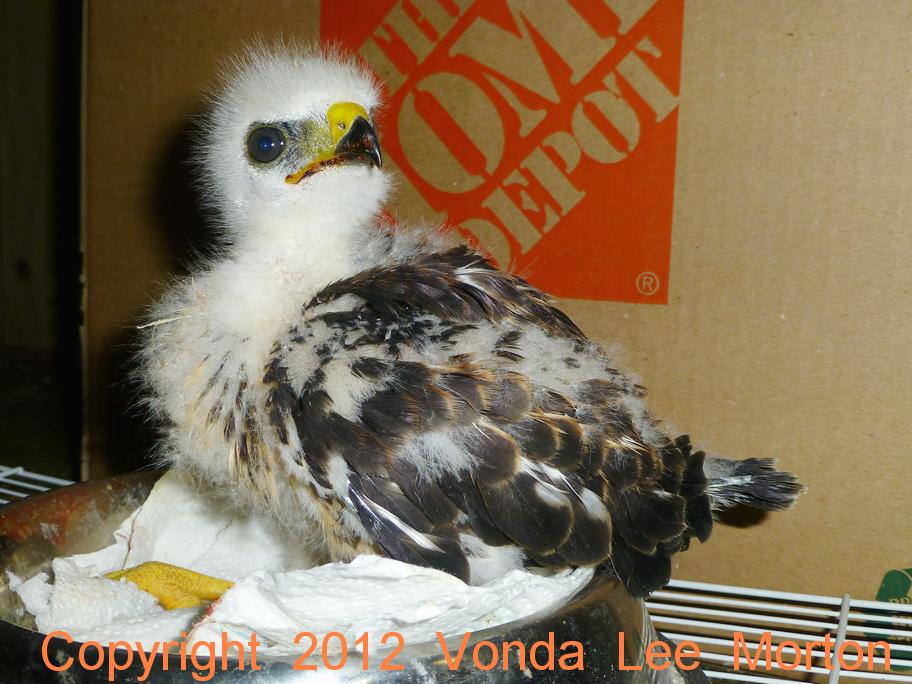
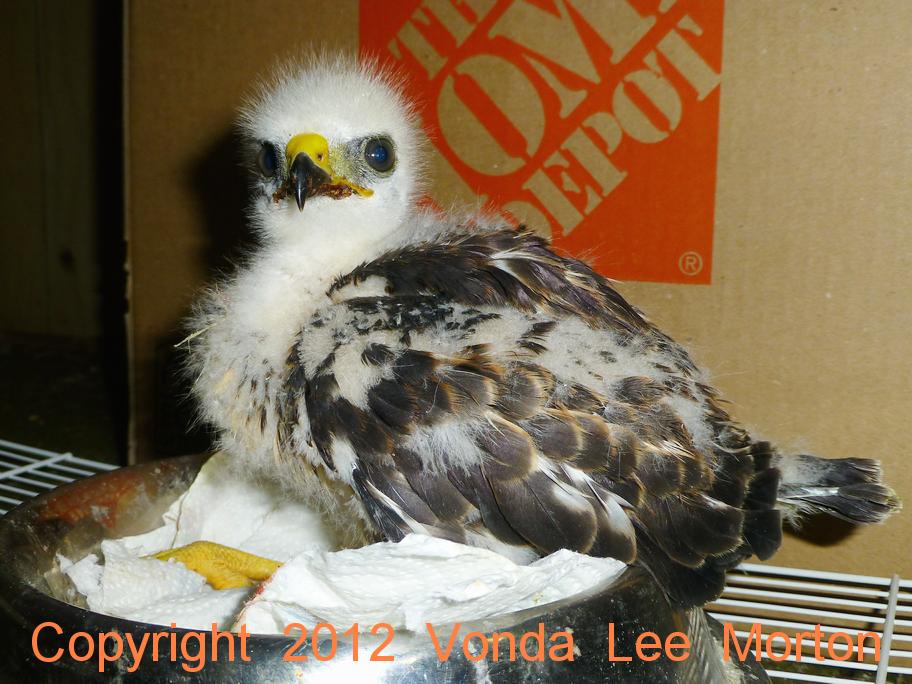
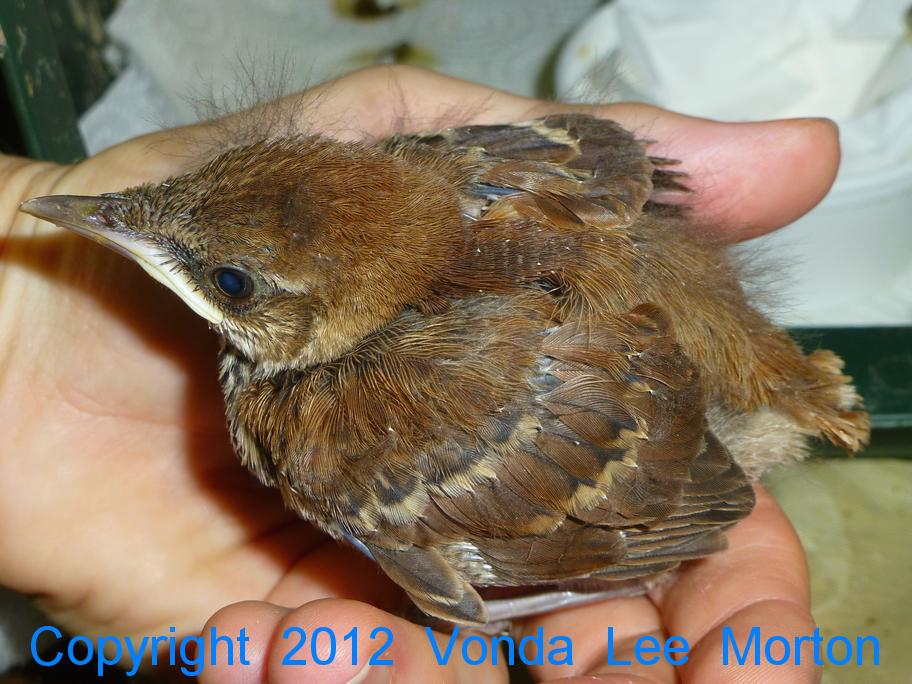
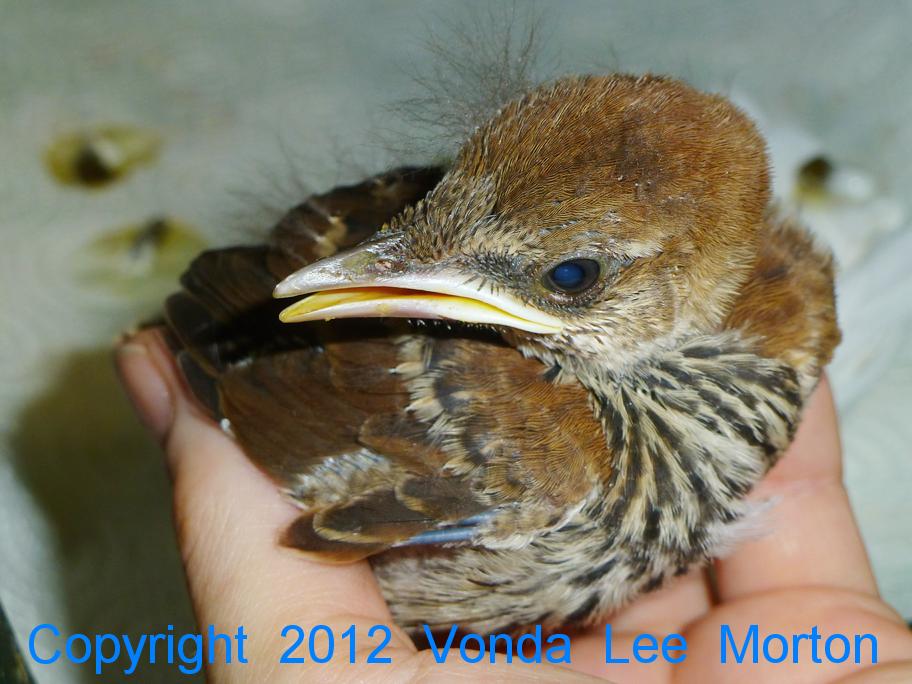
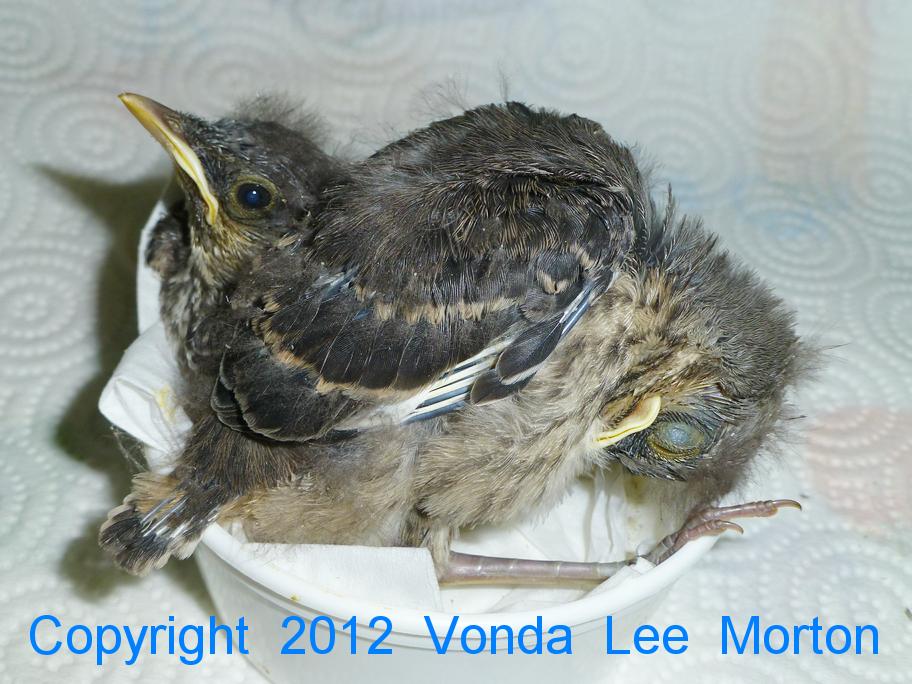
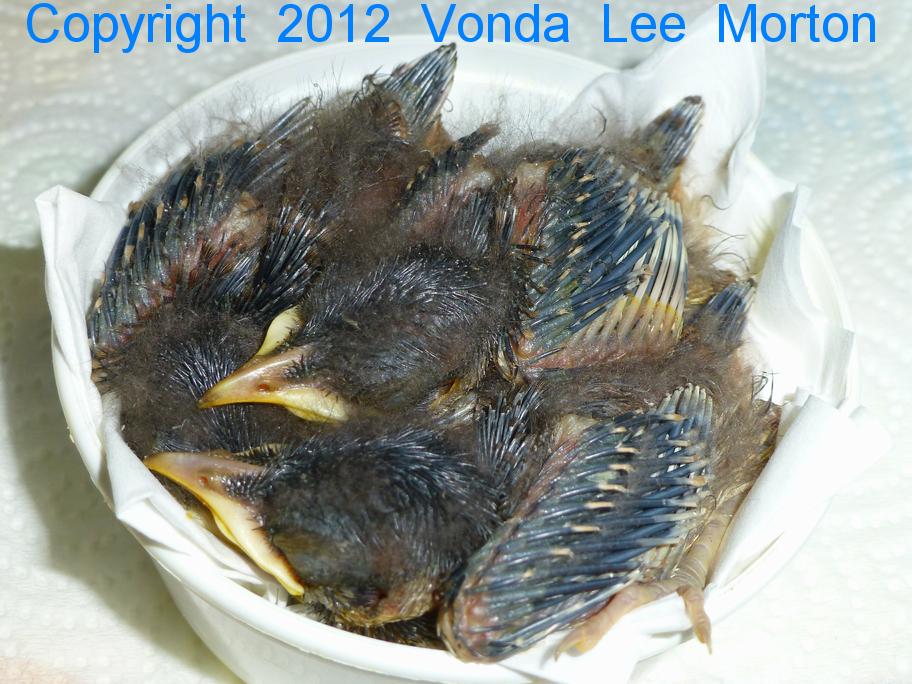
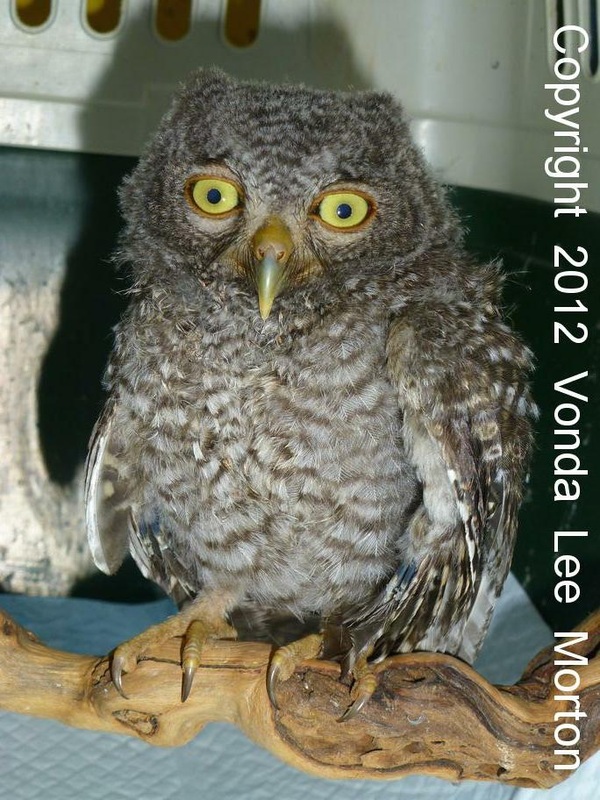
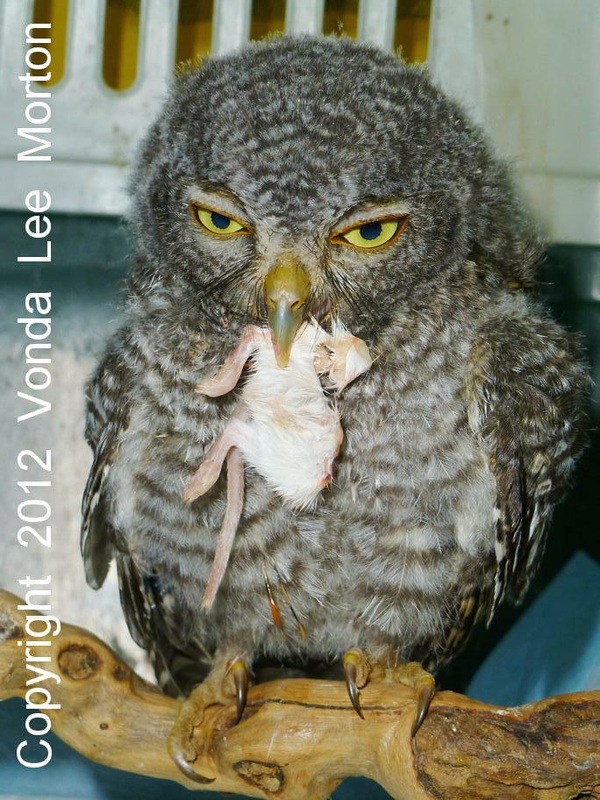
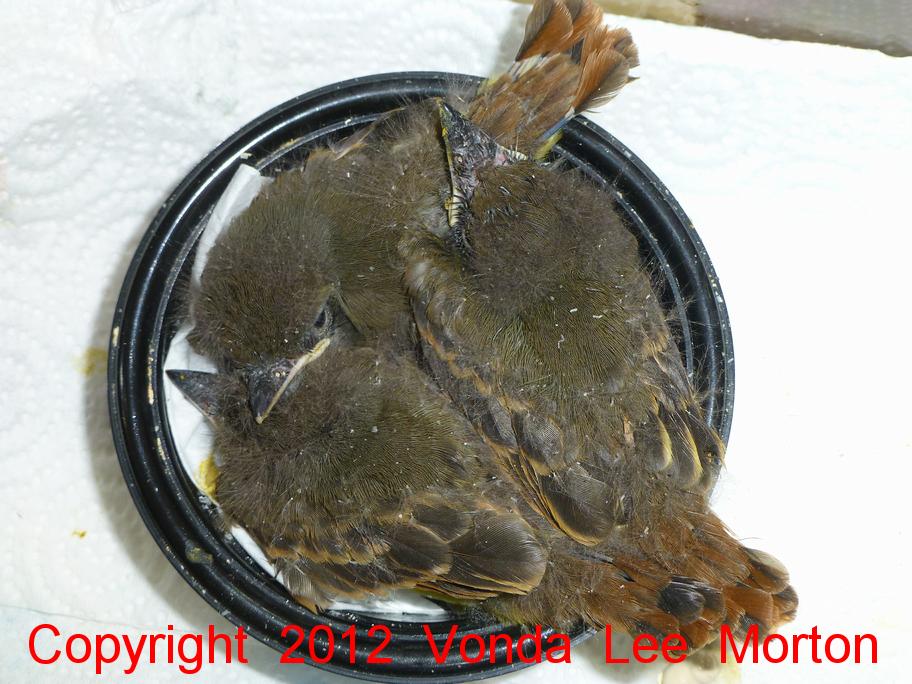
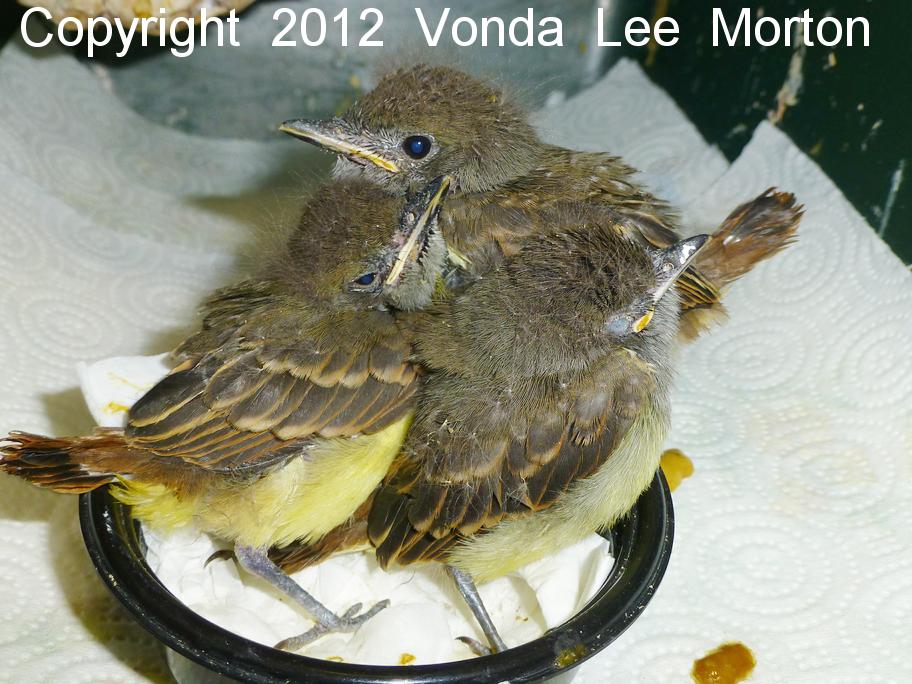
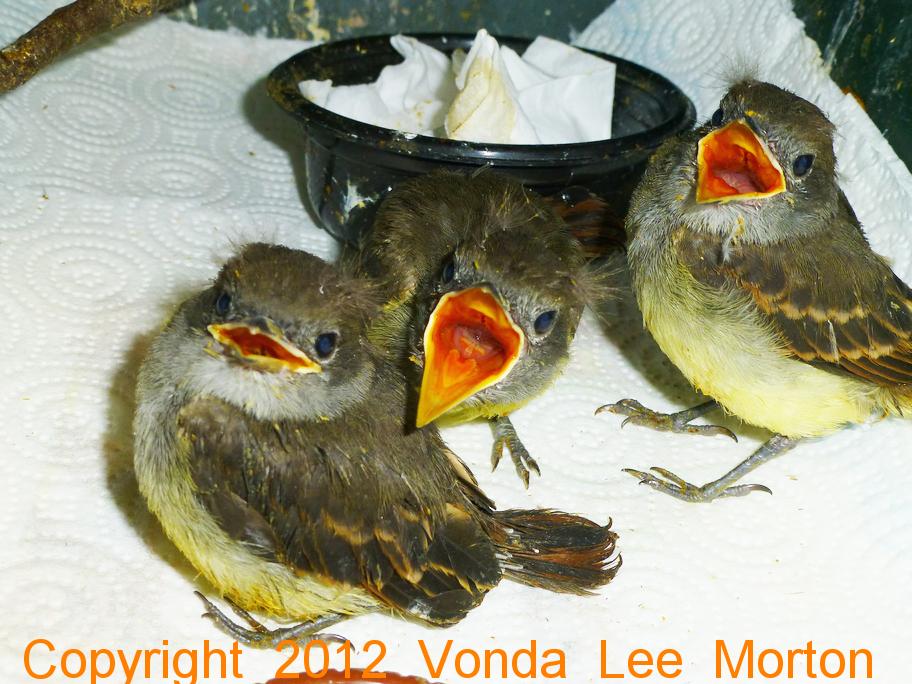
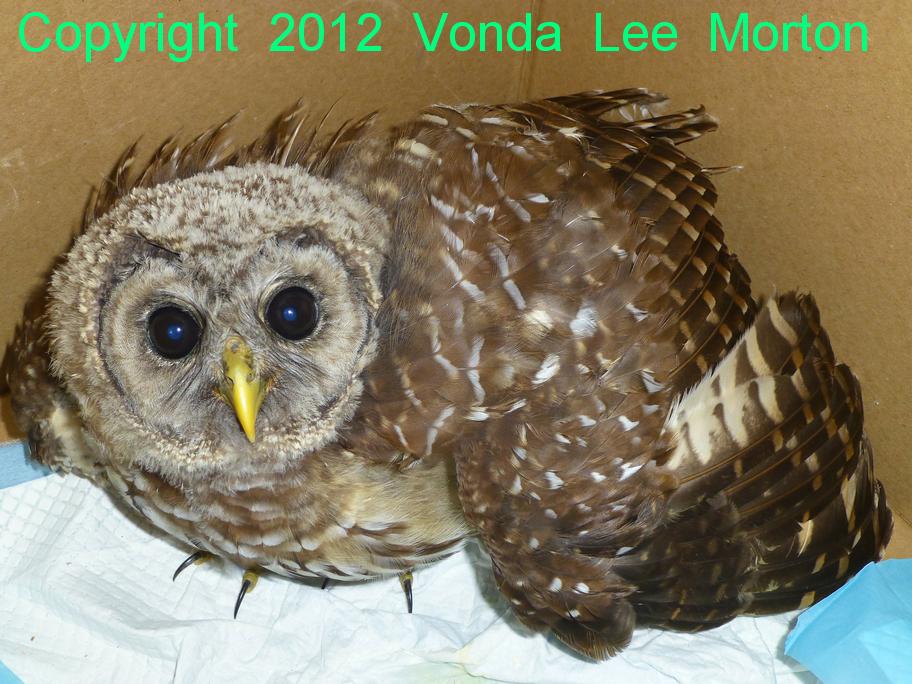
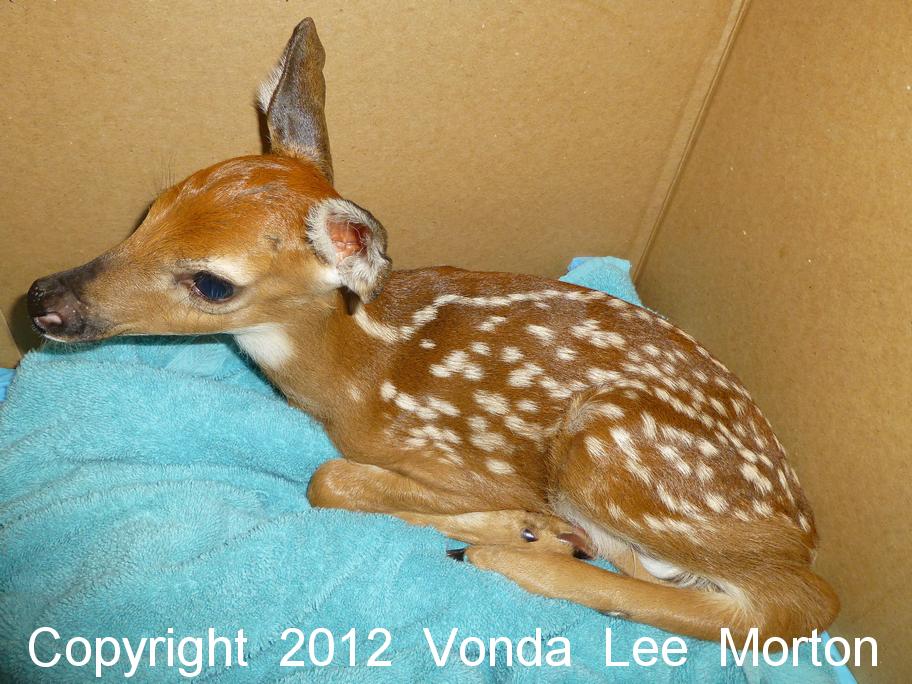
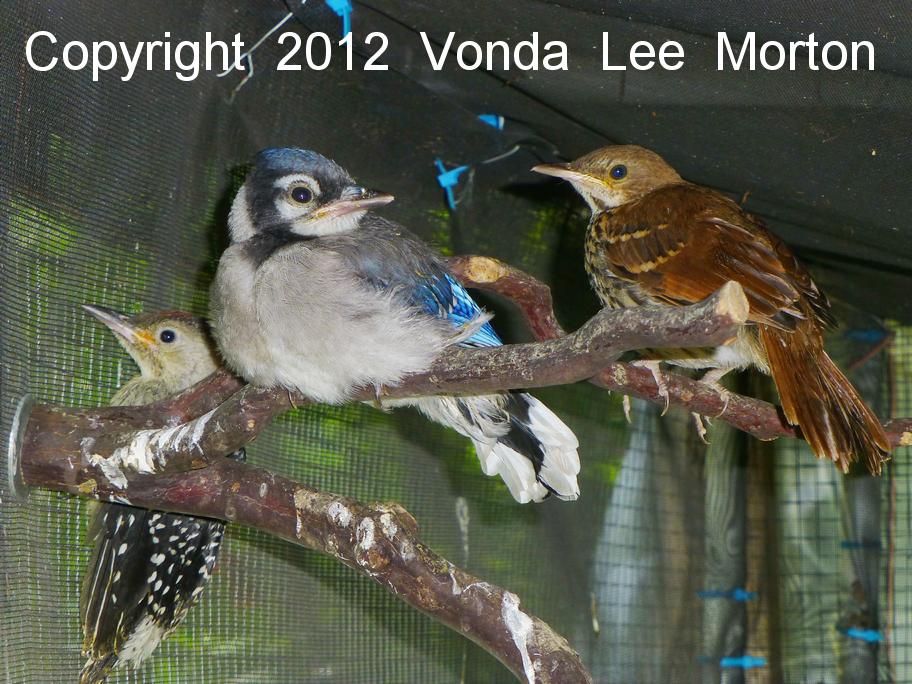
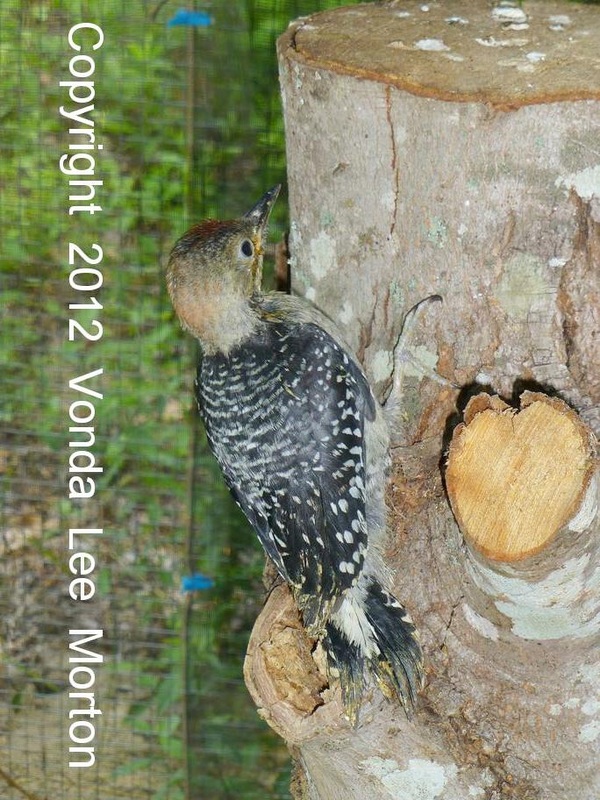

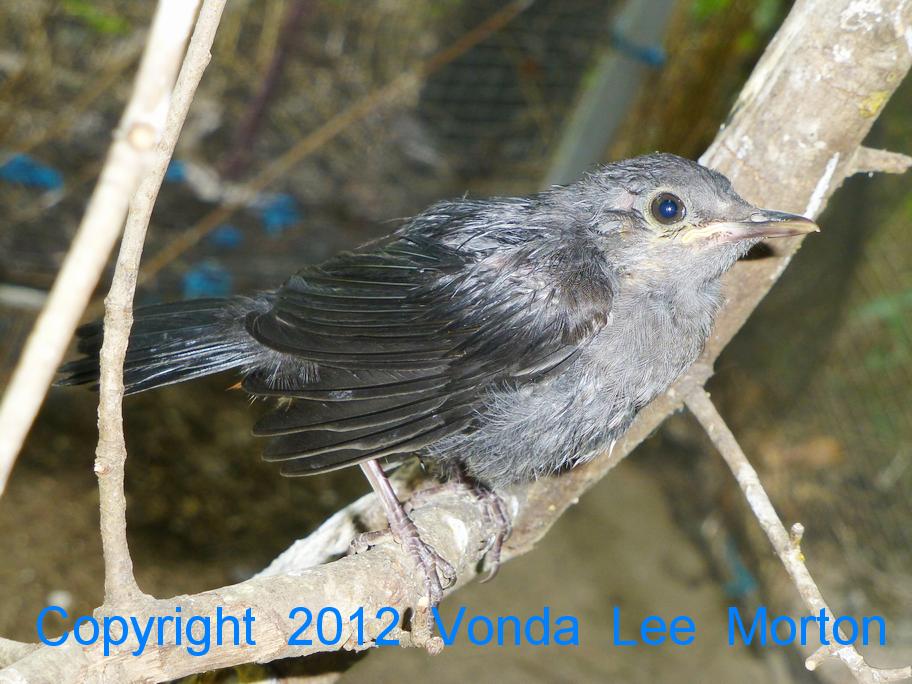
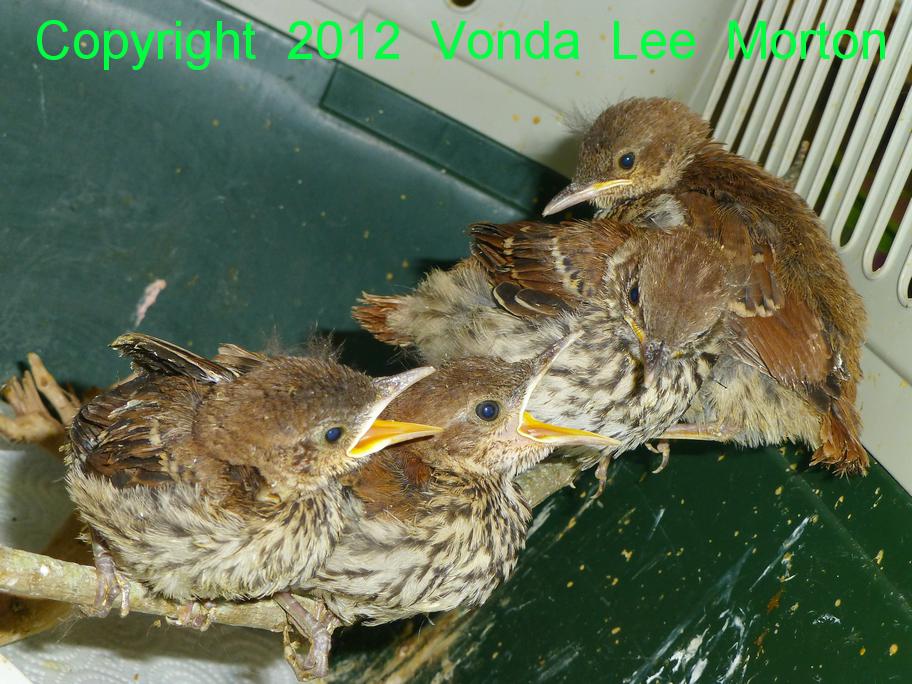
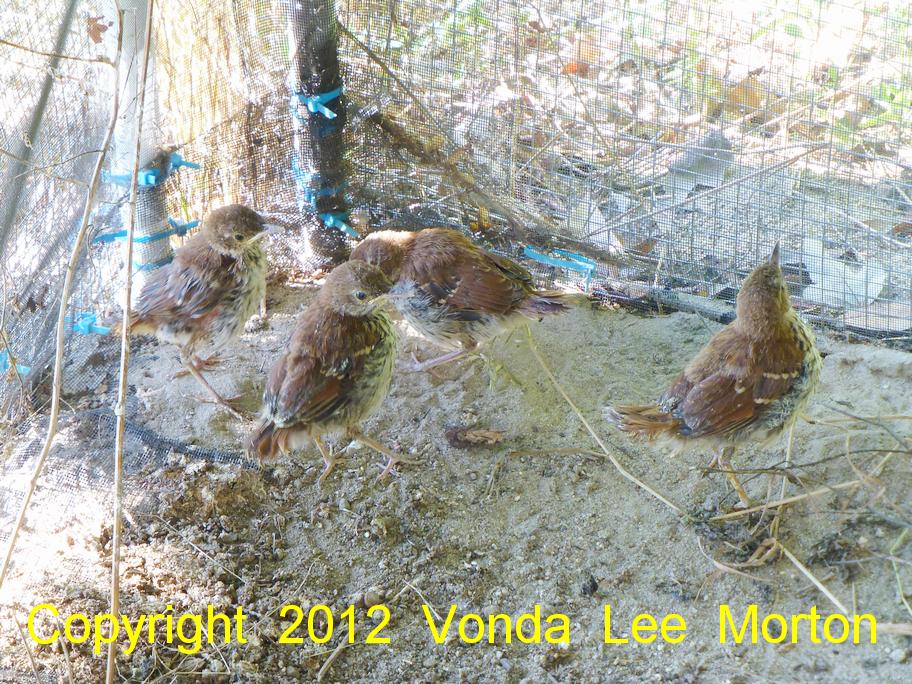
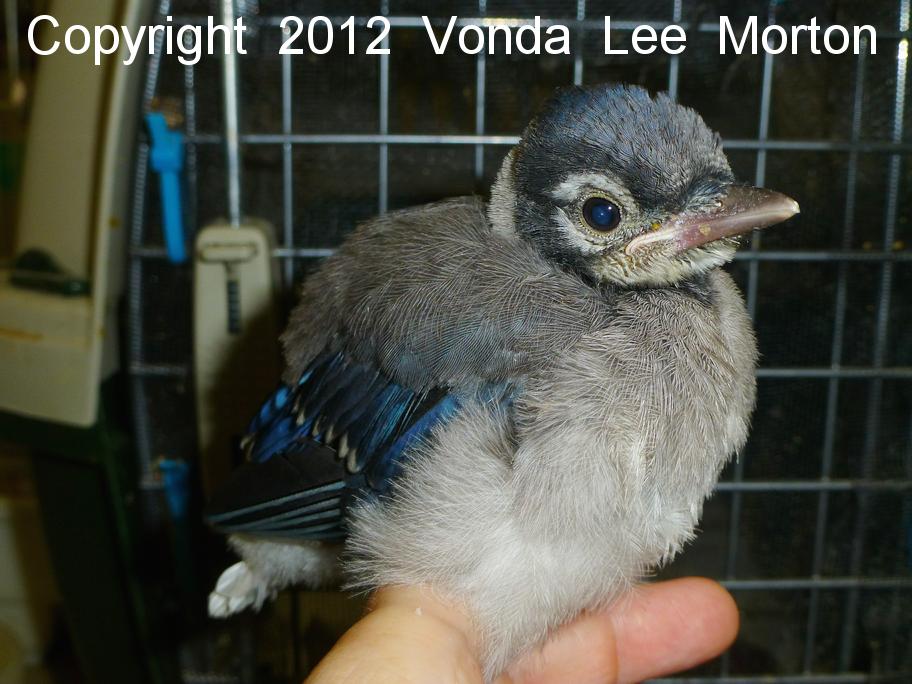
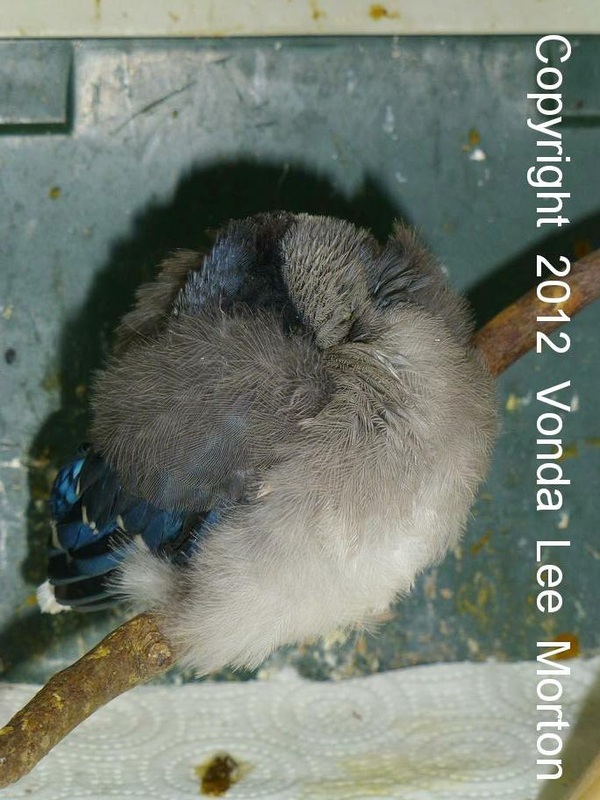
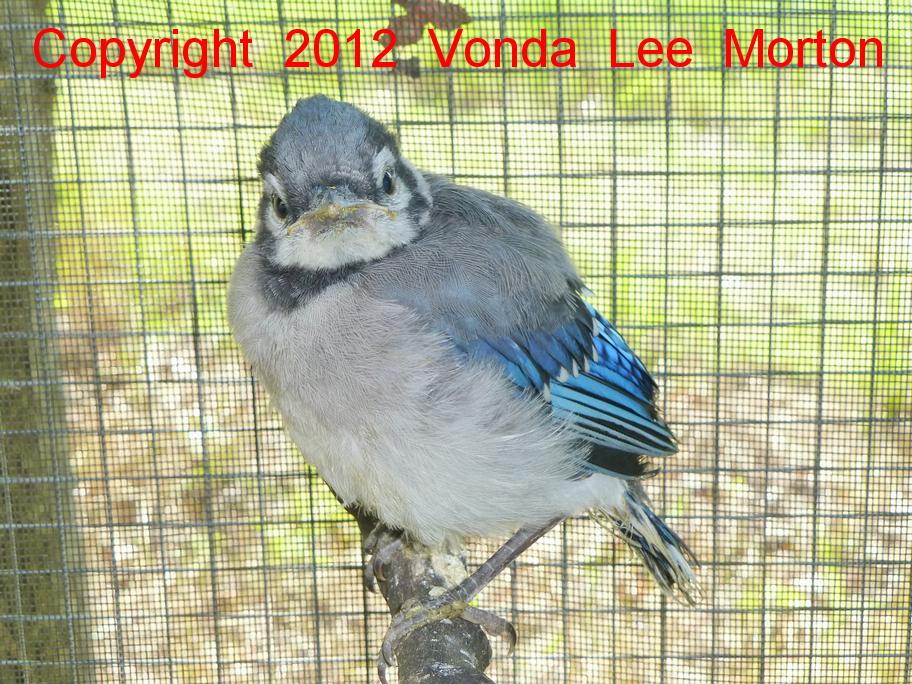

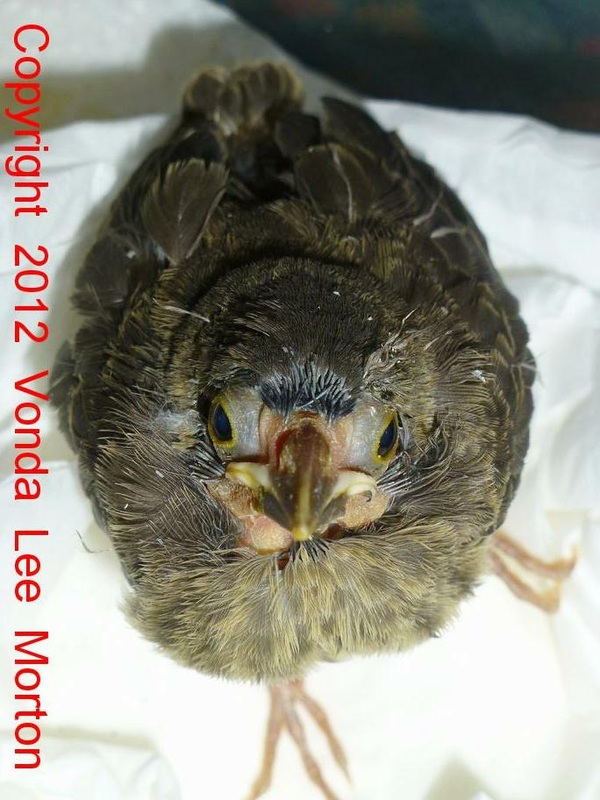
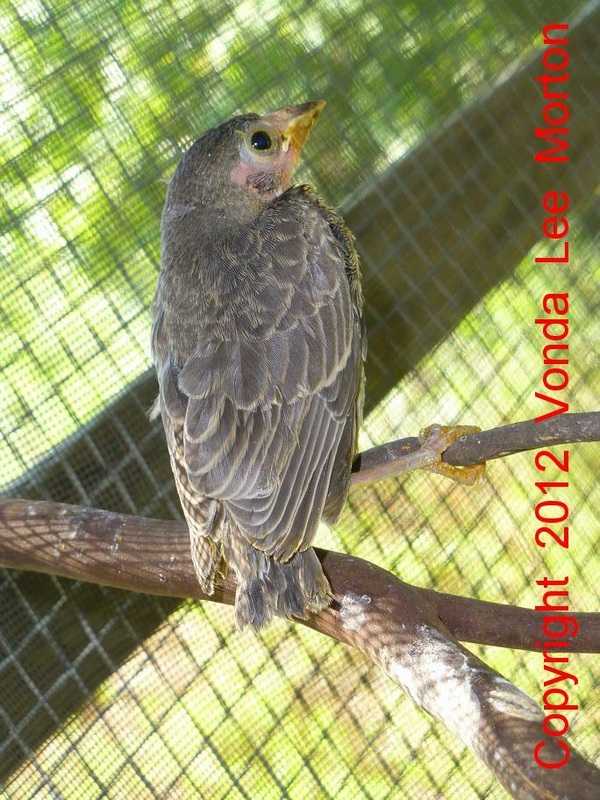
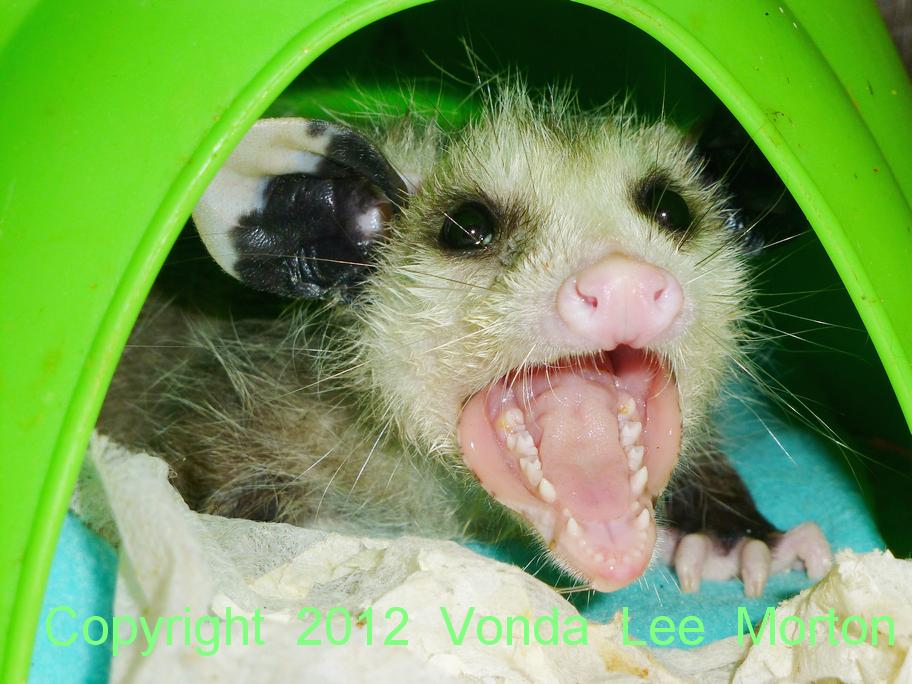

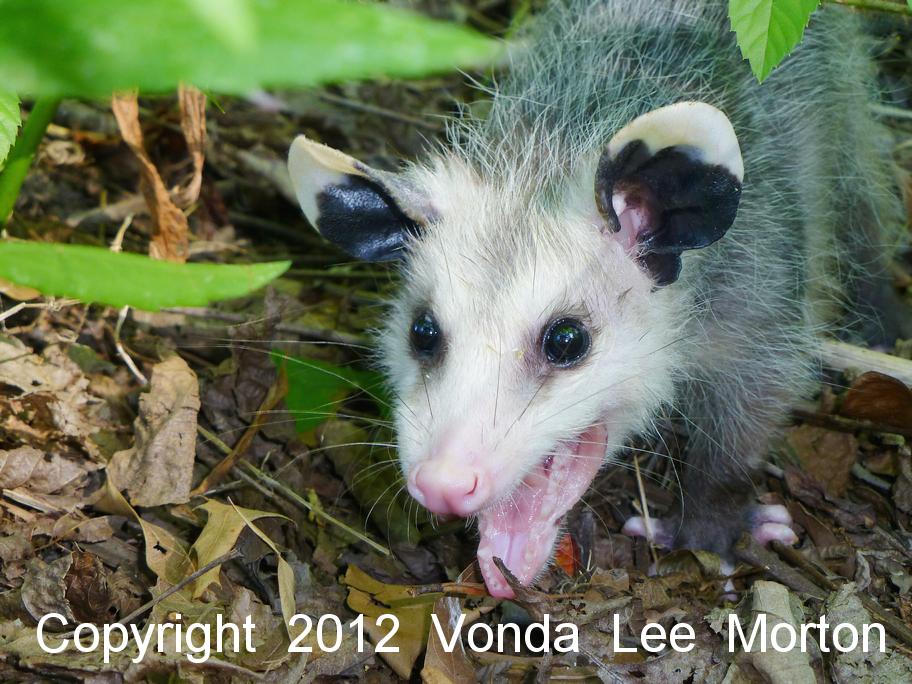
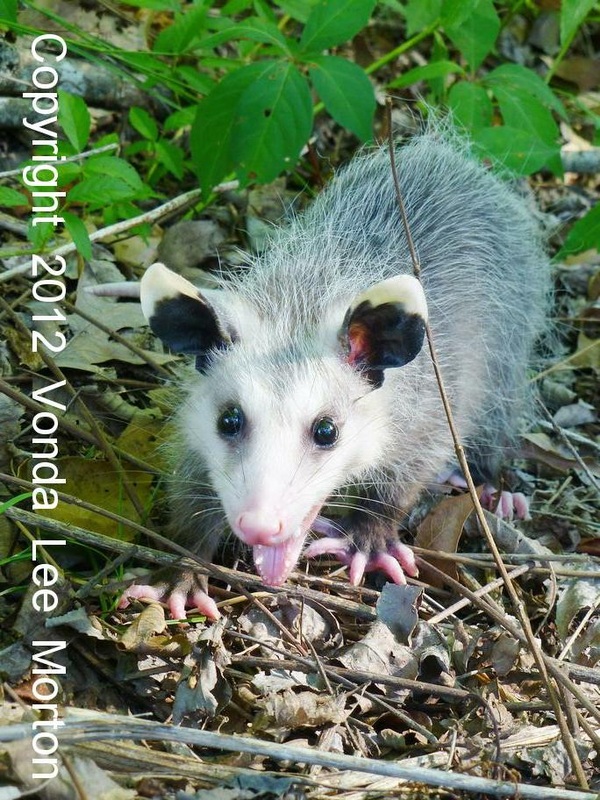
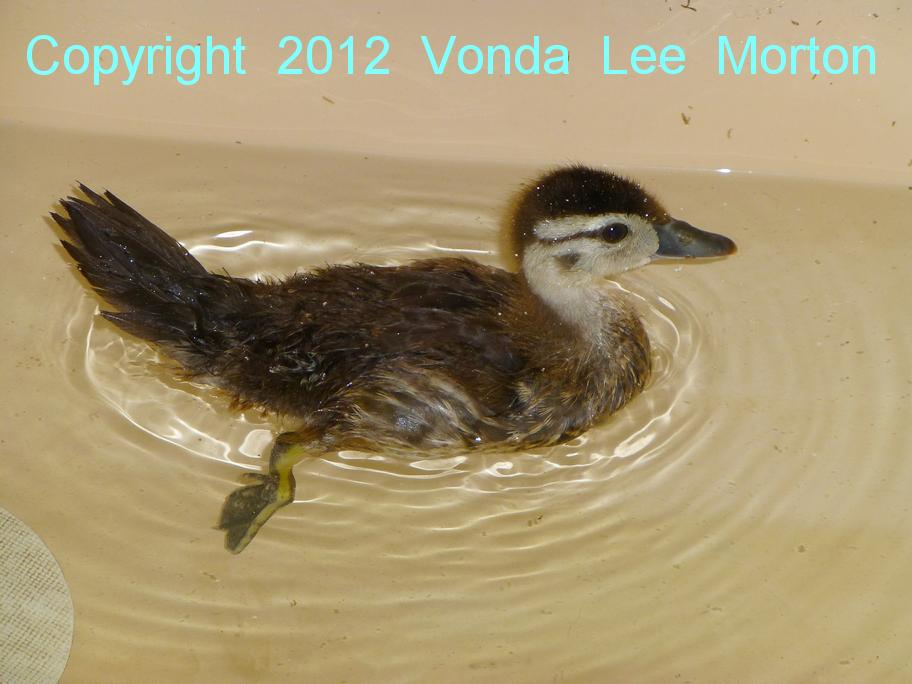
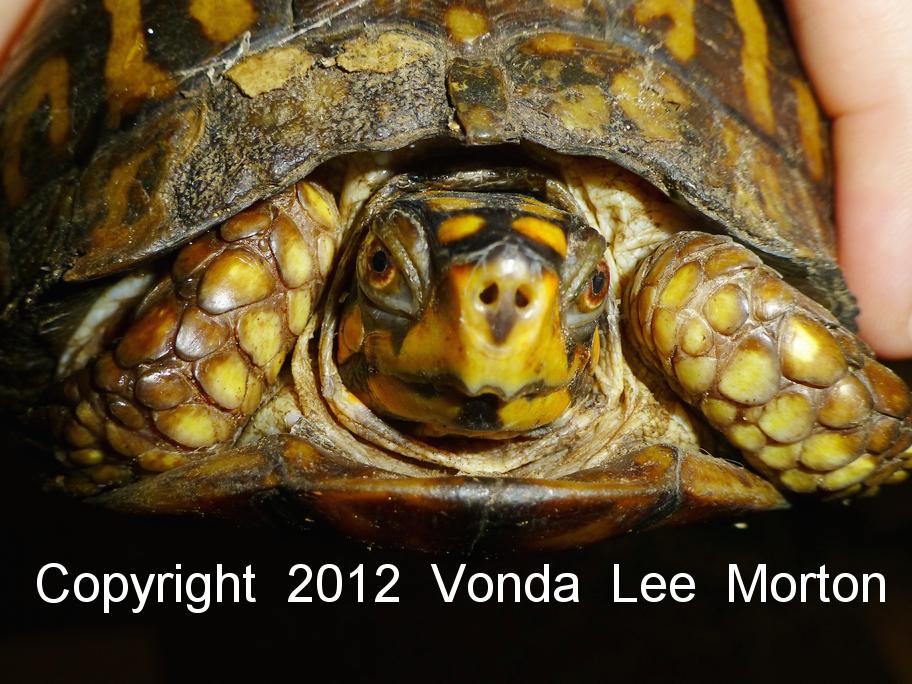
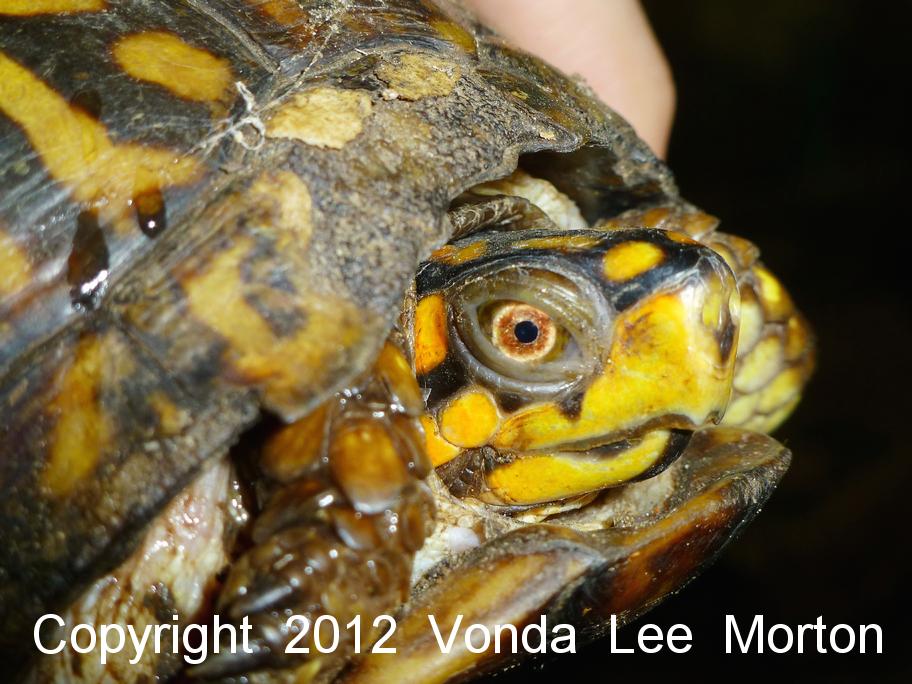
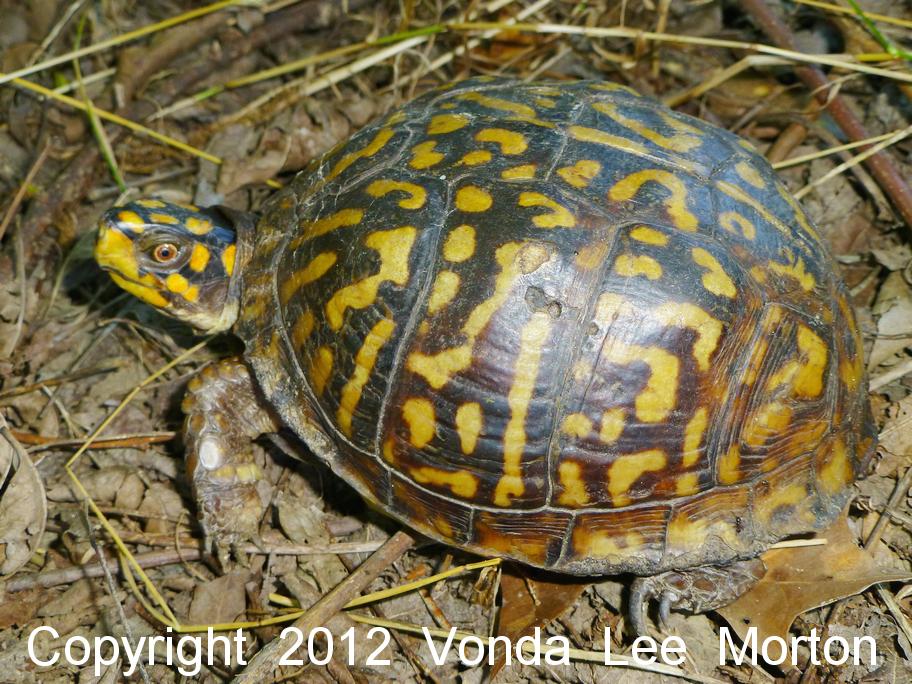
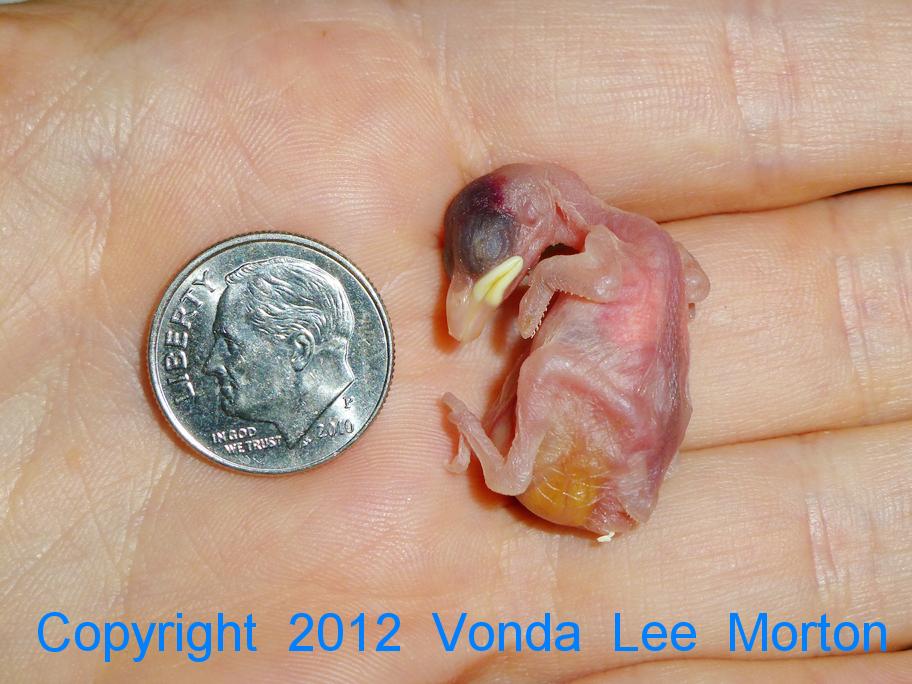
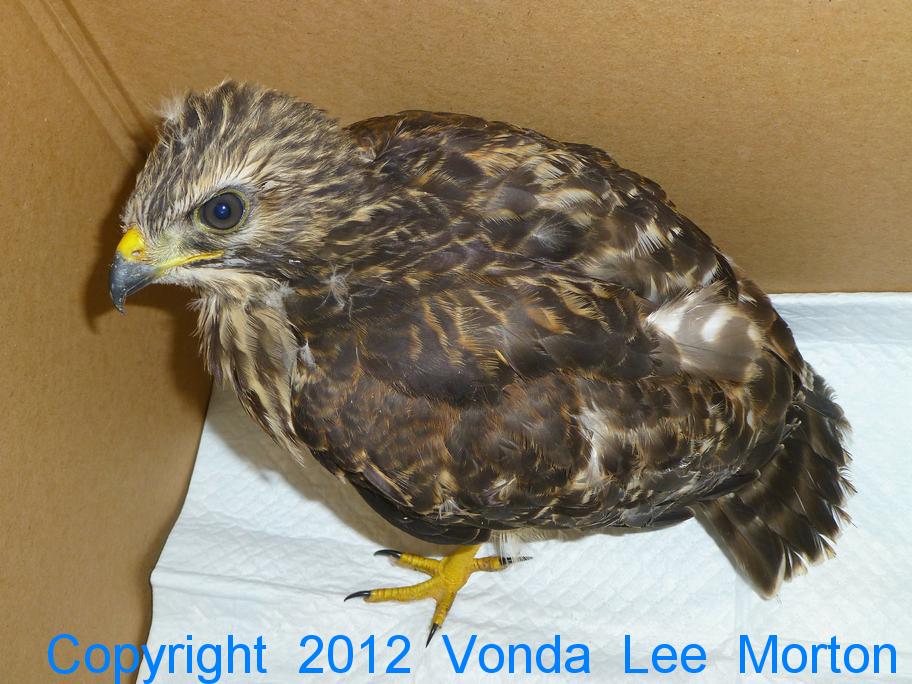
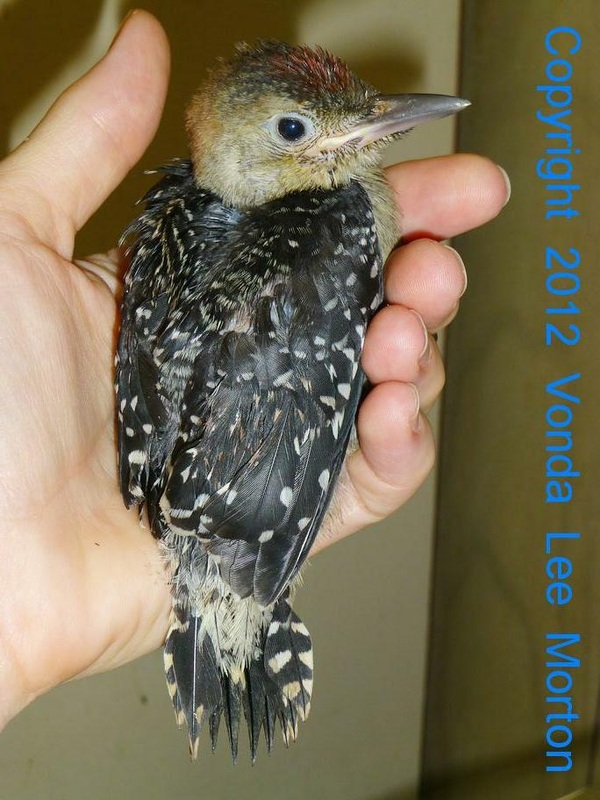

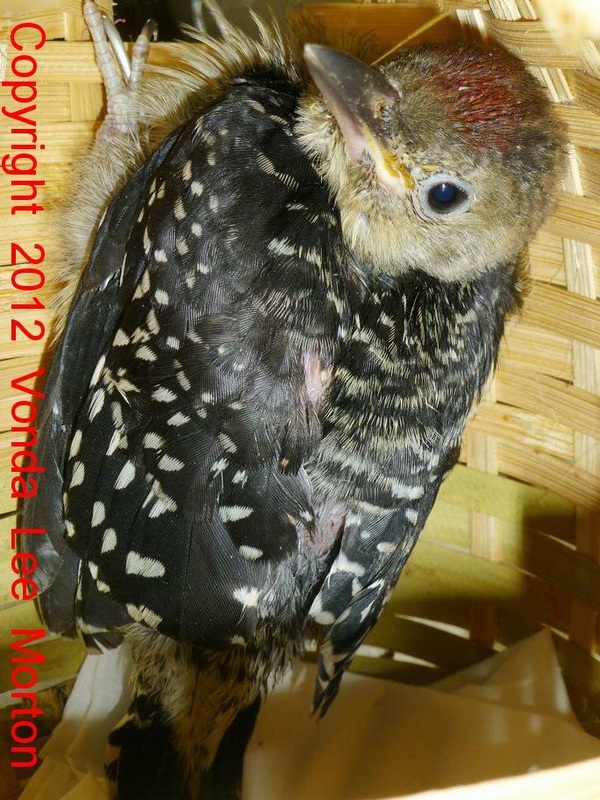
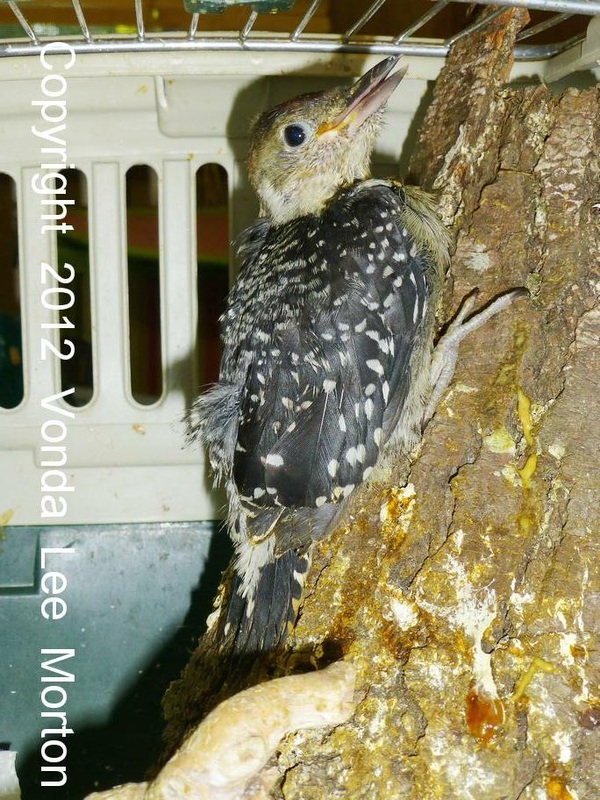
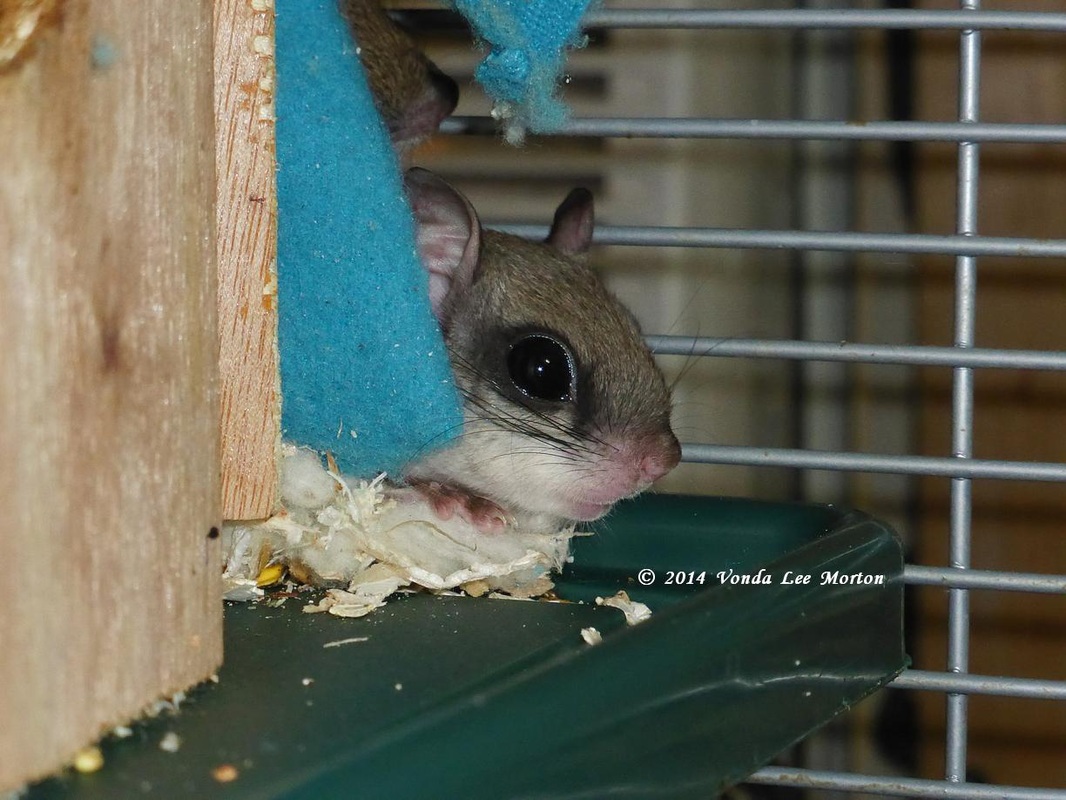
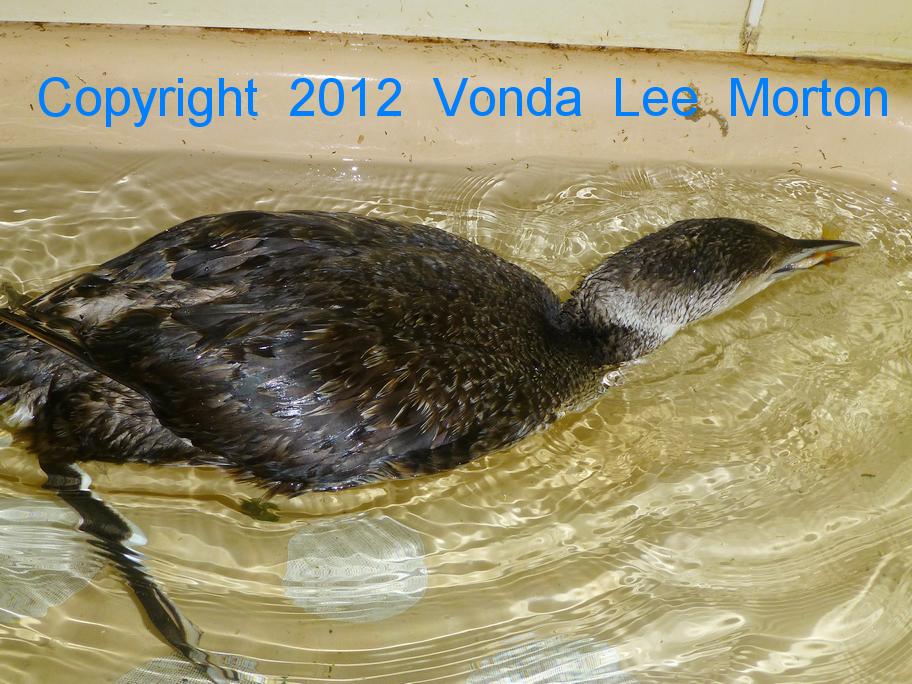
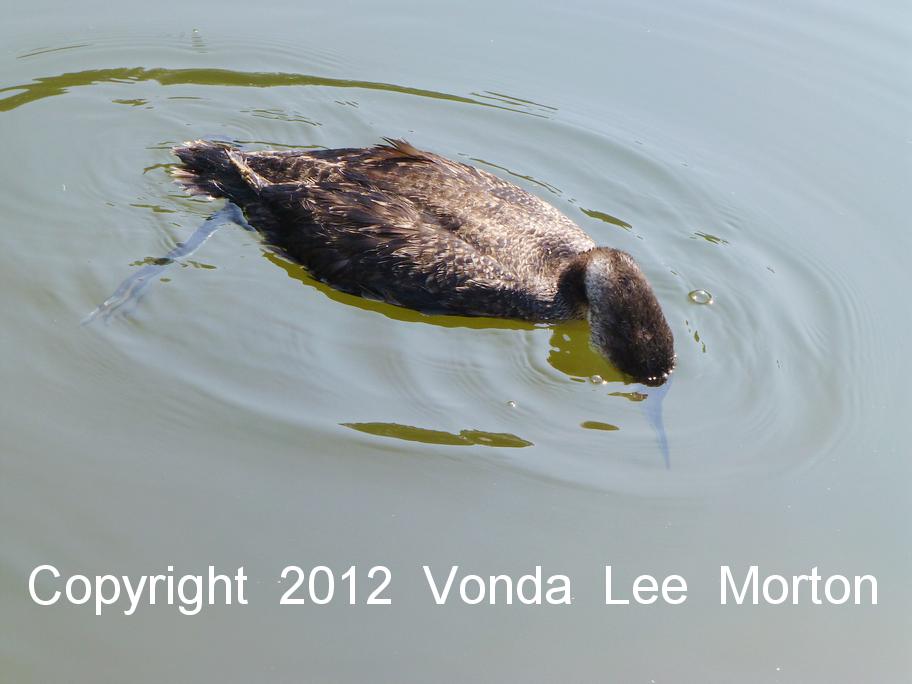
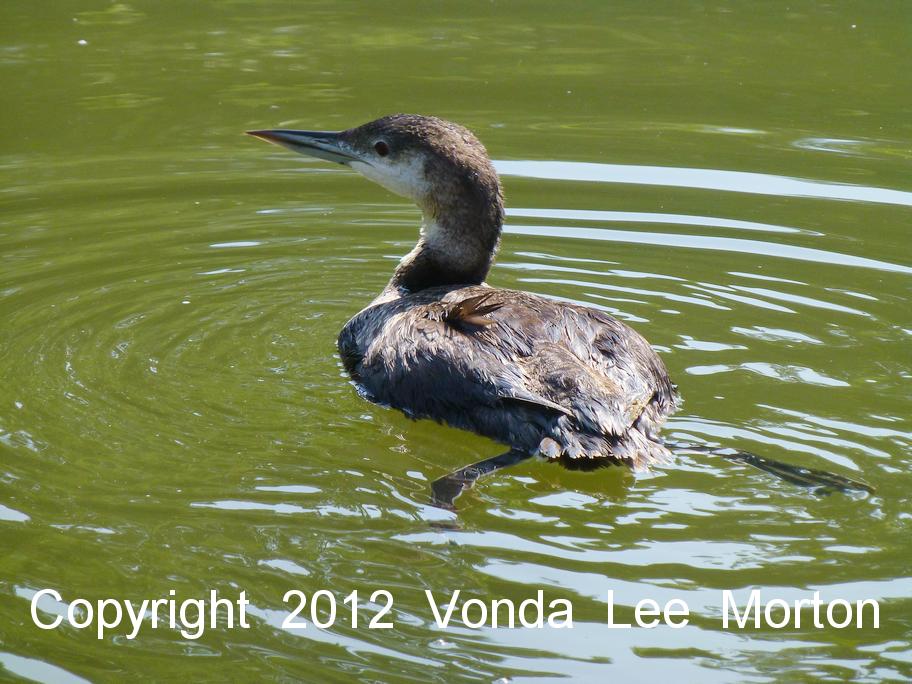
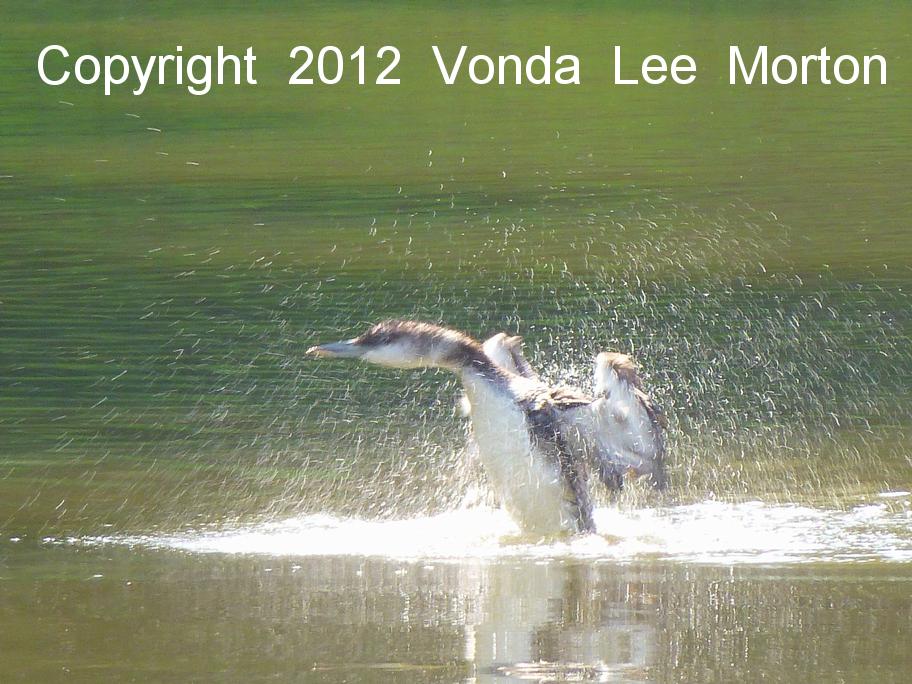
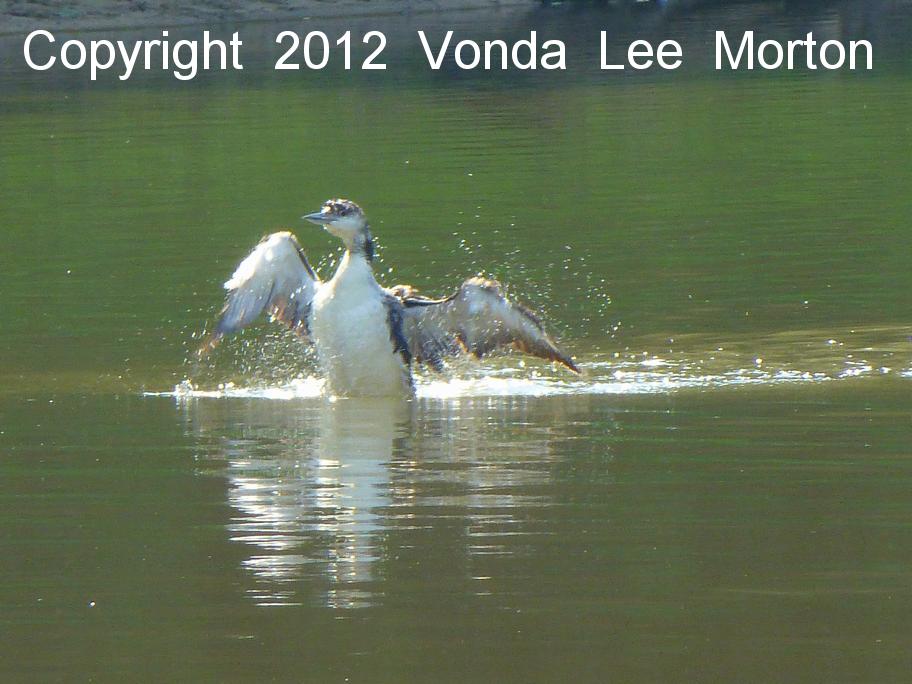
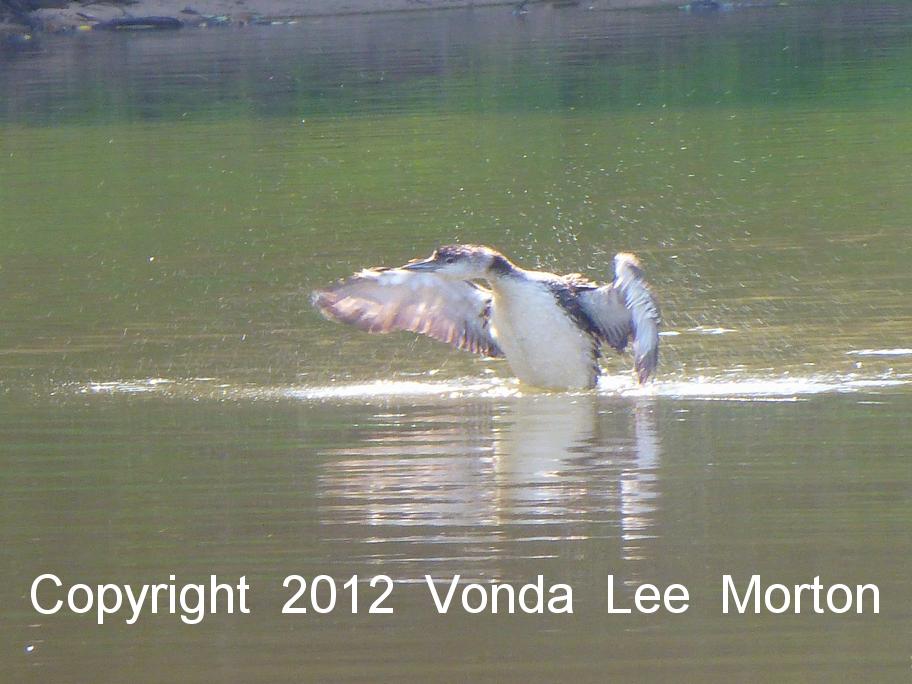
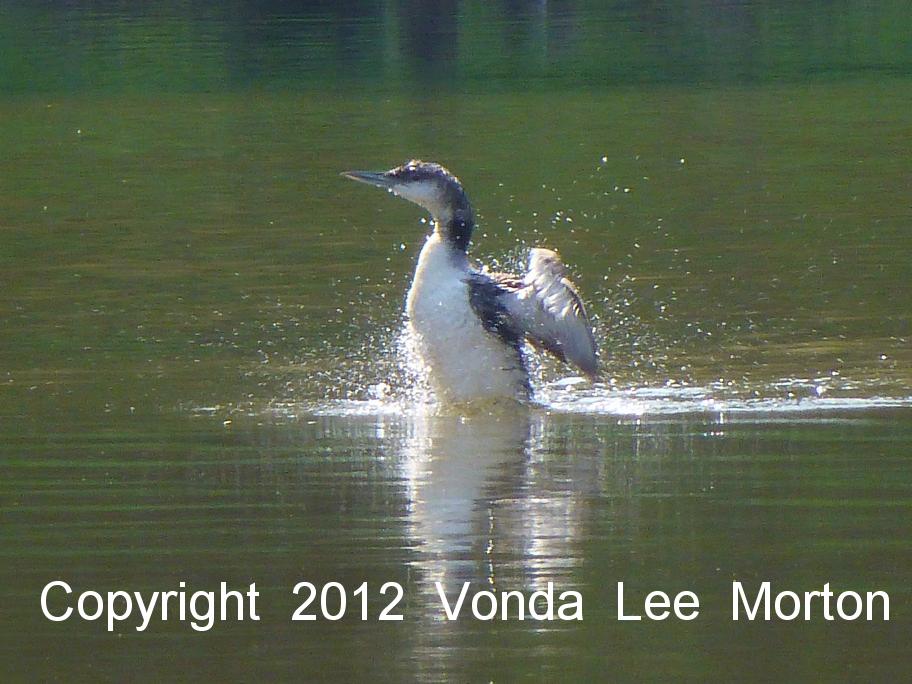
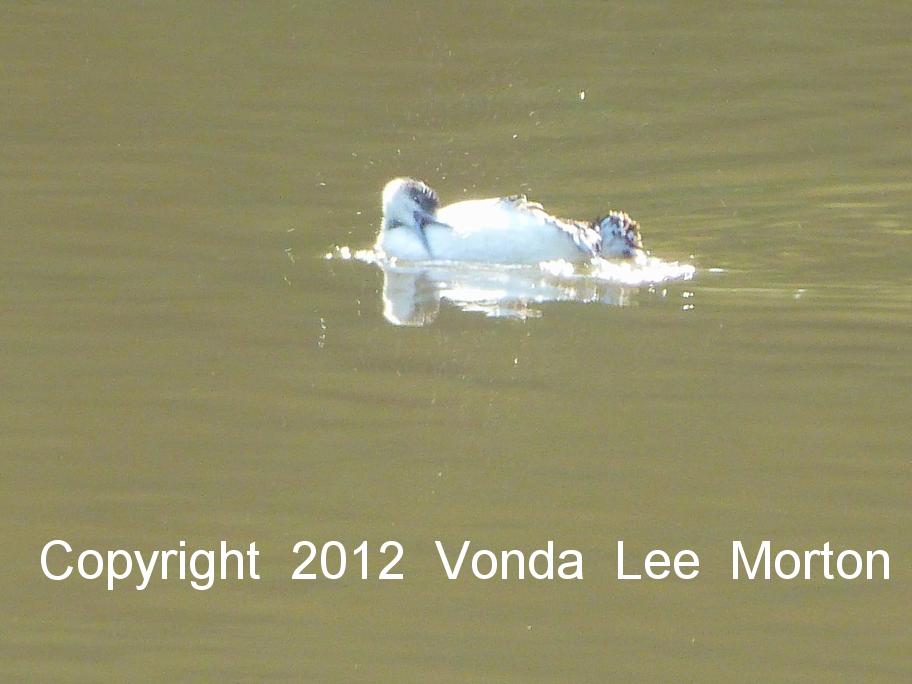
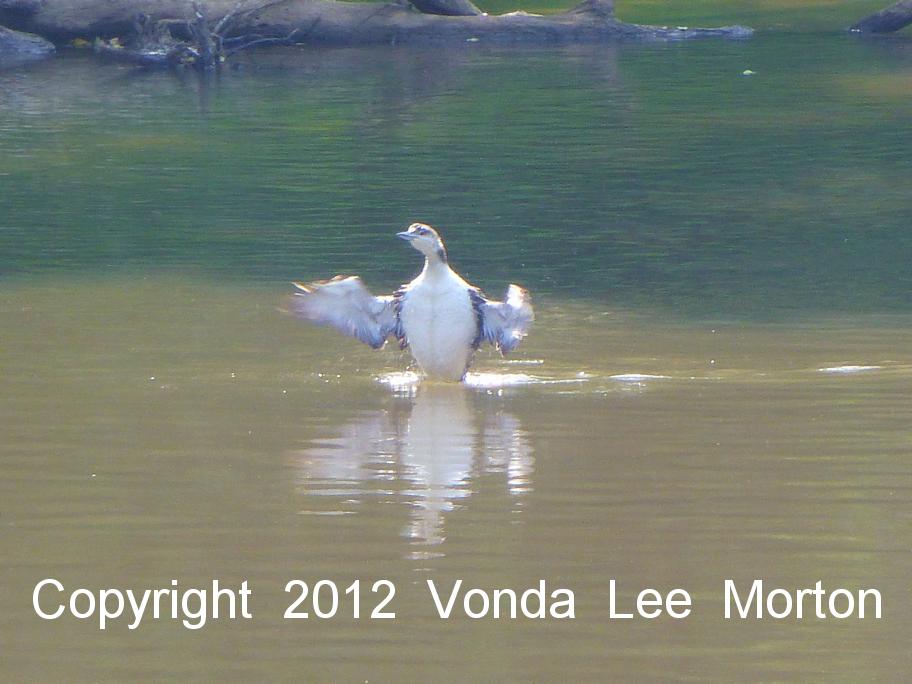
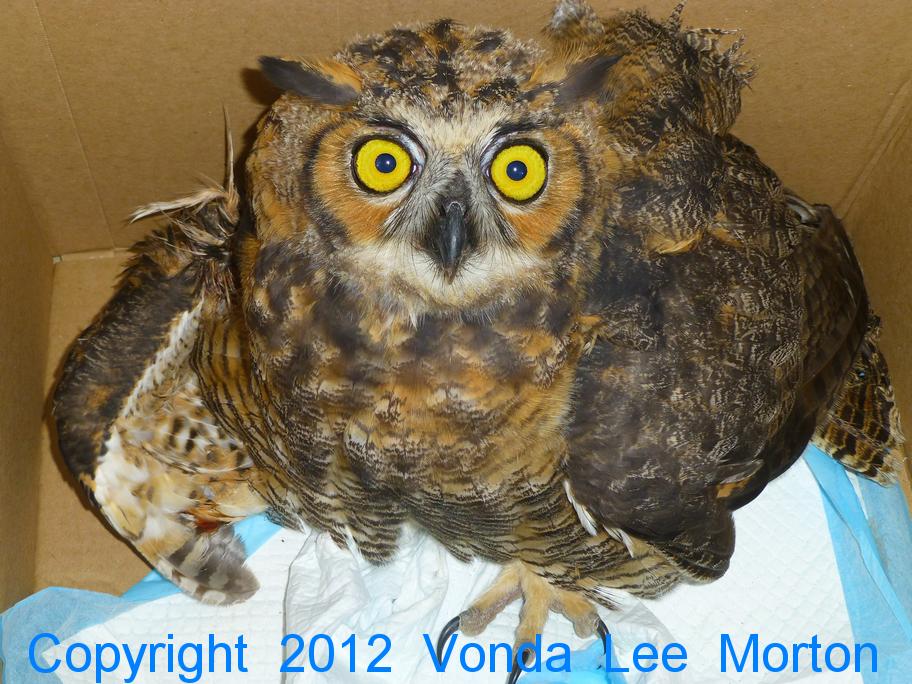
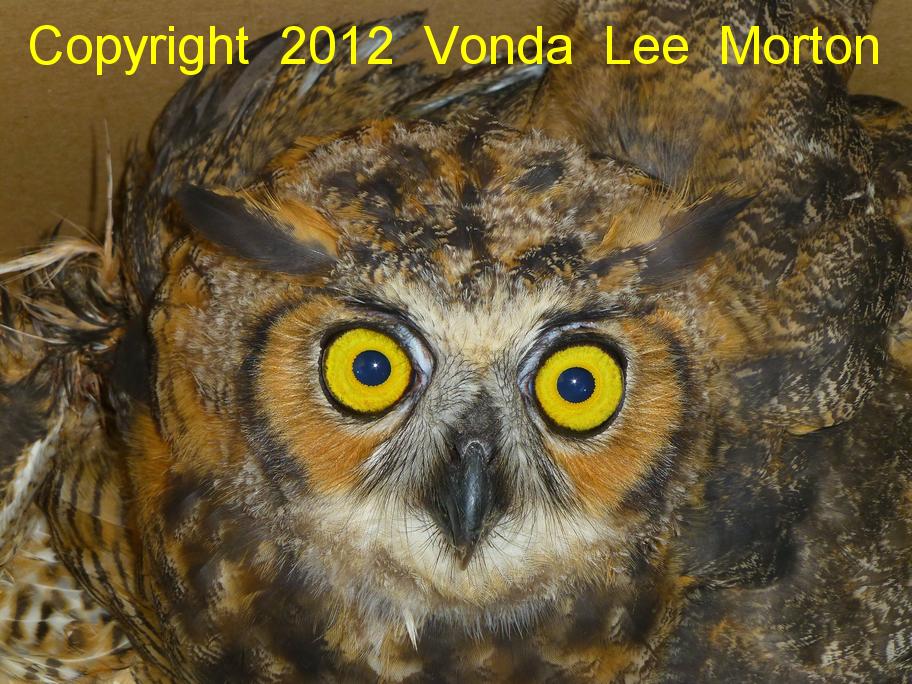
 RSS Feed
RSS Feed
